As a nonprofit organization, donors are the lifeblood of your mission. Without their support, it would be nearly impossible to achieve your goals and make a significant impact in your community. That’s why it’s essential to express your gratitude and appreciation for their contributions.
While a simple “thank you” may suffice for some donors, crafting a thoughtful and personal gratitude email can take your donor relations to the next level. A well-crafted thank-you email not only shows appreciation for their contribution, but it can also help to build a stronger relationship with your donors.
In this article, we will explore the art of the thank you and share tips for crafting gratitude emails that resonate with donors. We’ll cover everything from the importance of personalization and timing to the key elements of a successful thank-you email.
We understand that crafting the perfect thank-you email can be daunting, especially when you have a long list of donors to thank. But with these tips and a little bit of creativity, you can make your gratitude emails stand out and show your donors just how much their support means to your organization. So let’s dive in and start crafting those thank-you emails!
Start with the basics: Why saying thank you is important for nonprofits and how it can help build stronger donor relationships.
As a nonprofit organization, your donors are your lifeblood. Without their support, you wouldn’t be able to carry out your mission and make a difference in the world. That’s why it’s essential to show your gratitude and appreciation for their generosity.
Saying thank you is not only polite but also a powerful way to build stronger relationships with your donors. It shows that you value their contribution and that they are an integral part of your organization’s success. By expressing your gratitude, you can create a sense of loyalty and trust that will encourage donors to continue supporting you in the future.
But saying thank you is not just a matter of good manners. It’s also good business. Studies have shown that donors who receive thank-you messages are more likely to give again than those who don’t. In fact, a simple thank-you message can increase donor retention rates by up to 40%.
So, if you want to build stronger donor relationships and increase your fundraising success, start by saying thank you.
- Thank donors promptly after receiving a gift
- Be sincere and specific about what their gift will accomplish
- Make the message personal and heartfelt
- Include a call to action for future engagement
Tips for crafting the perfect thank you email
While sending a thank-you message is important, not all messages are created equal. A poorly crafted message can come across as insincere or generic, which can have the opposite effect of what you intended. Here are some tips for crafting the perfect thank you email that resonates with donors:
- Choose the right tone: The tone of your message should match the donor’s relationship with your organization. For new donors, keep it formal and professional. For long-time supporters, you can be more casual and personal.
- Personalize the message: Use the donor’s name and reference their gift in your message. This will show that you value their contribution and that their gift is making a real difference.
- Highlight the impact of their gift: Be specific about how their gift will be used and what impact it will have. This will help them feel more connected to your cause and inspire them to give again.
- Include a call to action: Invite donors to take the next step in their engagement with your organization, such as signing up for your newsletter or attending an event.
Examples of effective thank you emails
Sometimes the best way to learn how to craft an effective thank-you message is to see what others have done. Here are some real-life examples of thank you emails that have worked well for nonprofits:
- The “Impact” email: This email highlights the impact of the donor’s gift and provides a specific example of how it will be used. It also includes a call to action to encourage the donor to stay engaged with the organization.
- The “Gratitude” email: This email is more personal and heartfelt, expressing the organization’s gratitude for the donor’s support. It also includes a photo of the team and a message from the CEO, which helps to humanize the organization and build a stronger connection with the donor.
- The “Welcome” email: This email is sent to new donors to welcome them to the organization and provide them with more information about its mission and programs. It also includes a call to action to encourage them to get involved in other ways.
The power of storytelling
Storytelling is a powerful tool for nonprofits, and it can also be a powerful way to express gratitude to donors. By sharing stories of the impact that their gifts have made, you can help donors feel more connected to your mission and inspire them to give again.
When incorporating storytelling into your thank-you messages, be sure to:
- Choose stories that are relevant and impactful
- Use real examples and data to support your message
- Include quotes or testimonials from those who have benefited from the donor’s gift
- Show how the donor’s gift has made a difference in the lives of others
Beyond email
While email is a convenient and cost-effective way to express gratitude to donors, it’s not the only way. Here are some other creative ways to show your appreciation:
- Personalized videos: Record a short video message from your team or beneficiaries to thank donors for their support.
- Handwritten notes: Send a handwritten note or card to donors to express your gratitude. This personal touch can make a big impact.
- Small gifts: Send a small token of appreciation, such as a branded keychain or tote bag, to donors who have made a significant contribution.
Timing is everything
When it comes to expressing gratitude to donors, timing is everything. Here are some recommendations for when to send thank-you messages and how often to follow up with donors:
- Send a thank-you message promptly after receiving a gift
- Follow up with donors after a fundraising event or campaign to thank them for their participation
- Send periodic updates on the impact of their gift, such as a quarterly newsletter or annual report
- Follow up with donors at least once a year to express your gratitude and update them on your progress
Measuring the impact of gratitude
Expressing gratitude to donors is not only the right thing to do, but it can also have a measurable impact on your fundraising success. Here are some ways to track the impact of gratitude on donation rates and donor satisfaction:
- Track donor retention rates: Compare the retention rates of donors who receive thank-you messages to those who don’t.
- Survey donors: Ask donors how important receiving thank-you messages is to them and how it affects their decision to give again.
- Track engagement rates: Monitor how often donors engage with your organization after receiving a thank-you message, such as attending events or volunteering.
Building a culture of gratitude
To truly make gratitude a part of your organization’s culture, it needs to be a priority for everyone. Here are some ways to involve staff and volunteers in the process:
- Train staff and volunteers: Provide training on the importance of gratitude and how to express it effectively.
- Recognize and celebrate donors: Publicly recognize donors and their contributions at events or on social media to show that you value their support.
- Make gratitude a part of your mission: Incorporate gratitude into your organization’s mission statement and values to show that it’s an essential part of who you are.
By making gratitude a priority, you can build stronger donor relationships, increase your fundraising success, and make a real difference in the world.
In conclusion, crafting gratitude emails that resonate with donors is an essential part of any nonprofit organization’s fundraising strategy. By expressing gratitude and appreciation for their support, you can build stronger relationships with your donors and increase the likelihood of future donations.
To create effective thank-you messages, be sure to personalize your emails and show donors the impact of their contributions. Use storytelling techniques to help donors connect emotionally with your cause and highlight the positive change their donation has made. Keep your emails concise and easy to read, and make sure to include a call to action that encourages donors to continue their support.
Remember, saying thank you is not just a formality; it is an opportunity to build relationships and deepen connections with your supporters. By taking the time to craft thoughtful, personalized thank-you messages, you can show your donors that their contributions are valued and make them feel like an important part of your organization’s mission.
In short, the art of the thank you is a powerful tool for any nonprofit organization. By showing gratitude and appreciation for your donors, you can build stronger relationships, increase donor loyalty, and ultimately, make a greater impact on the world.
.svg)


.svg)
.svg)
.svg)

.avif)



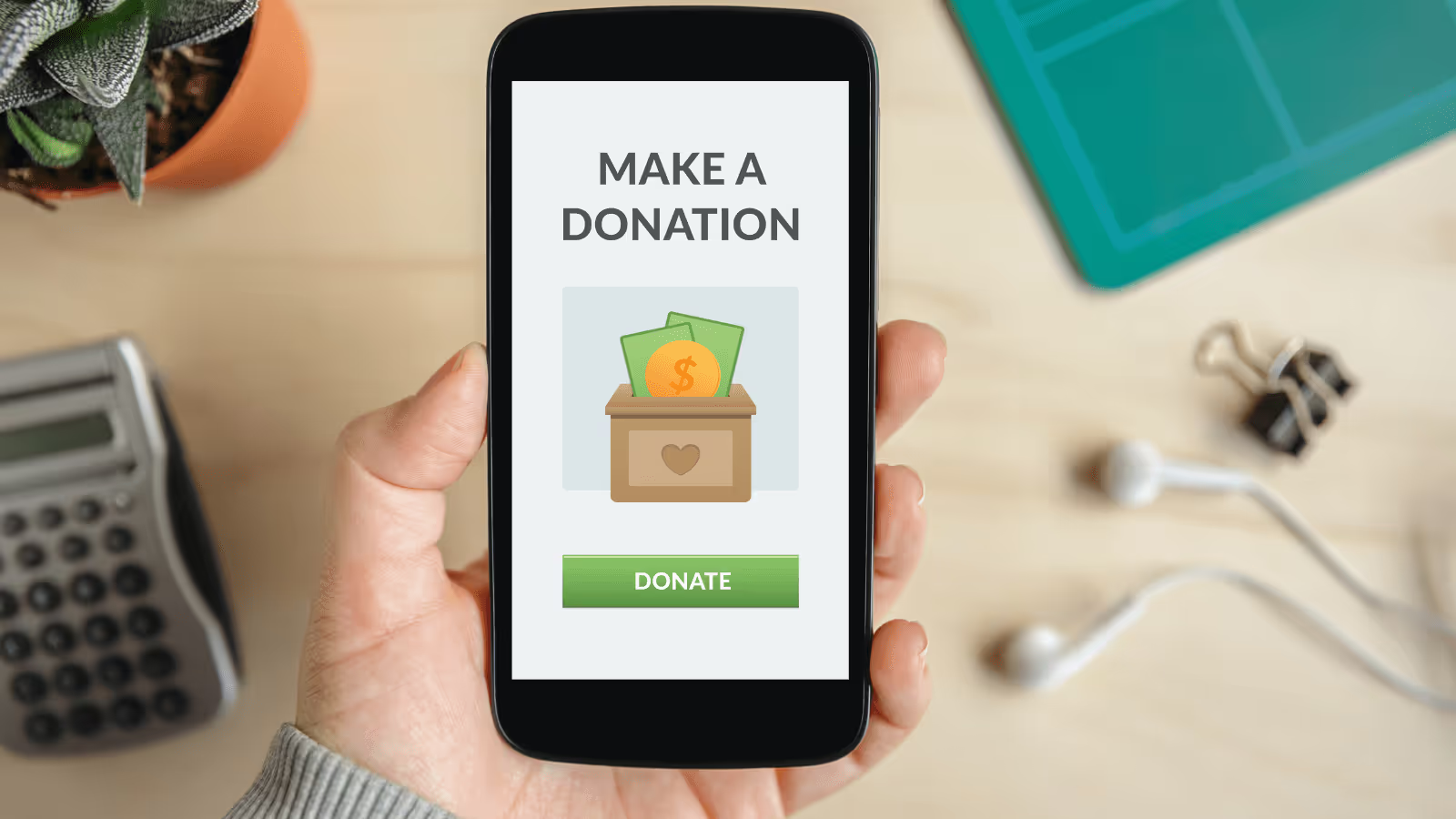







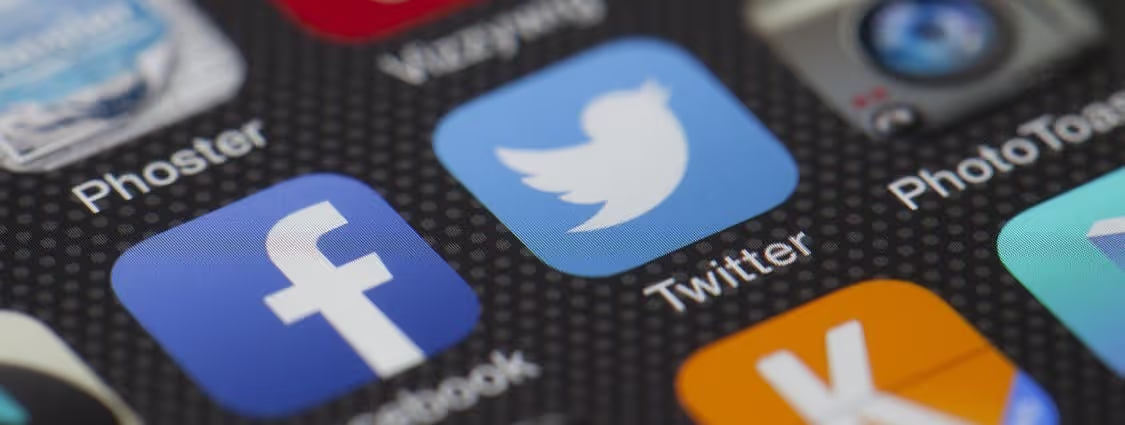




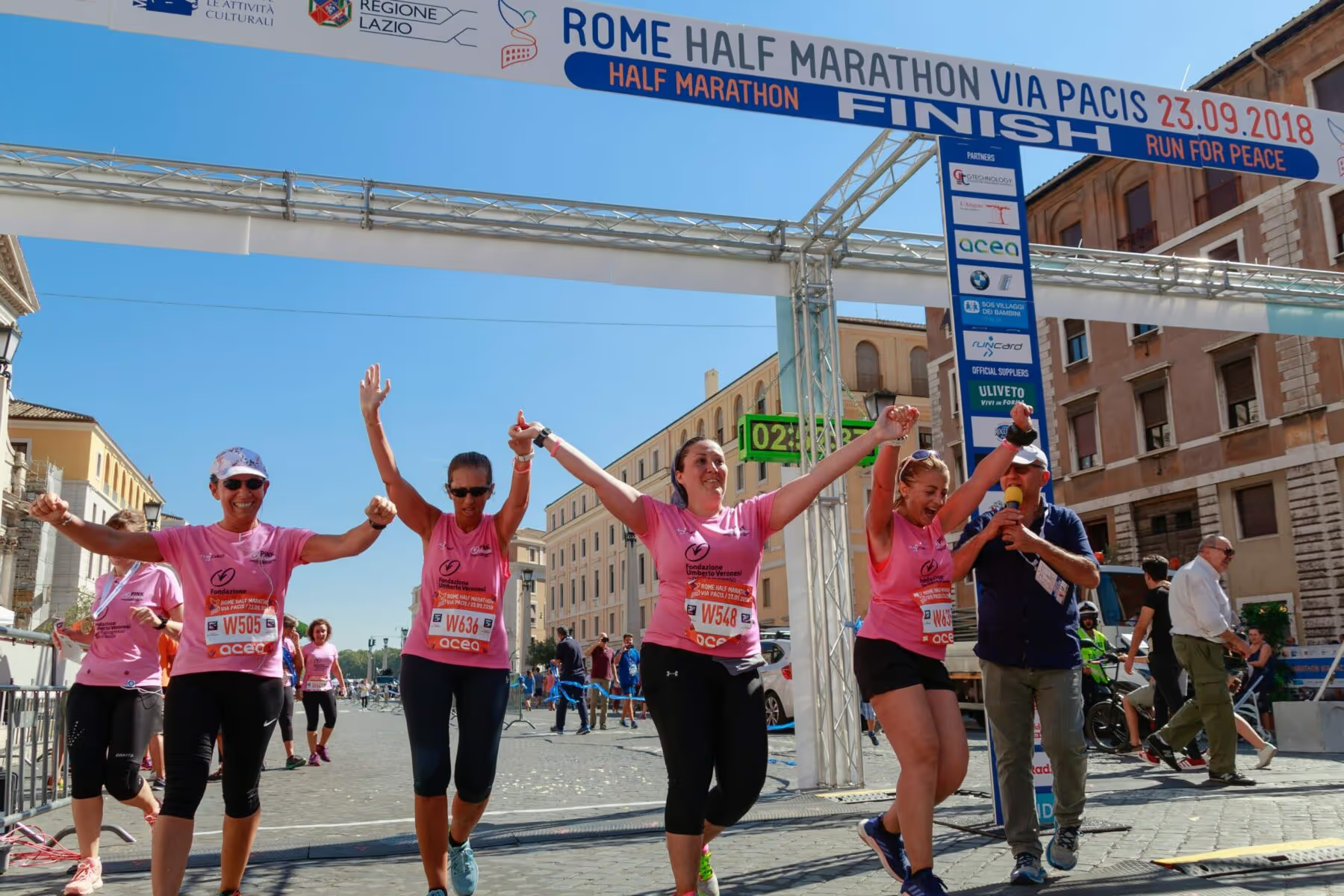
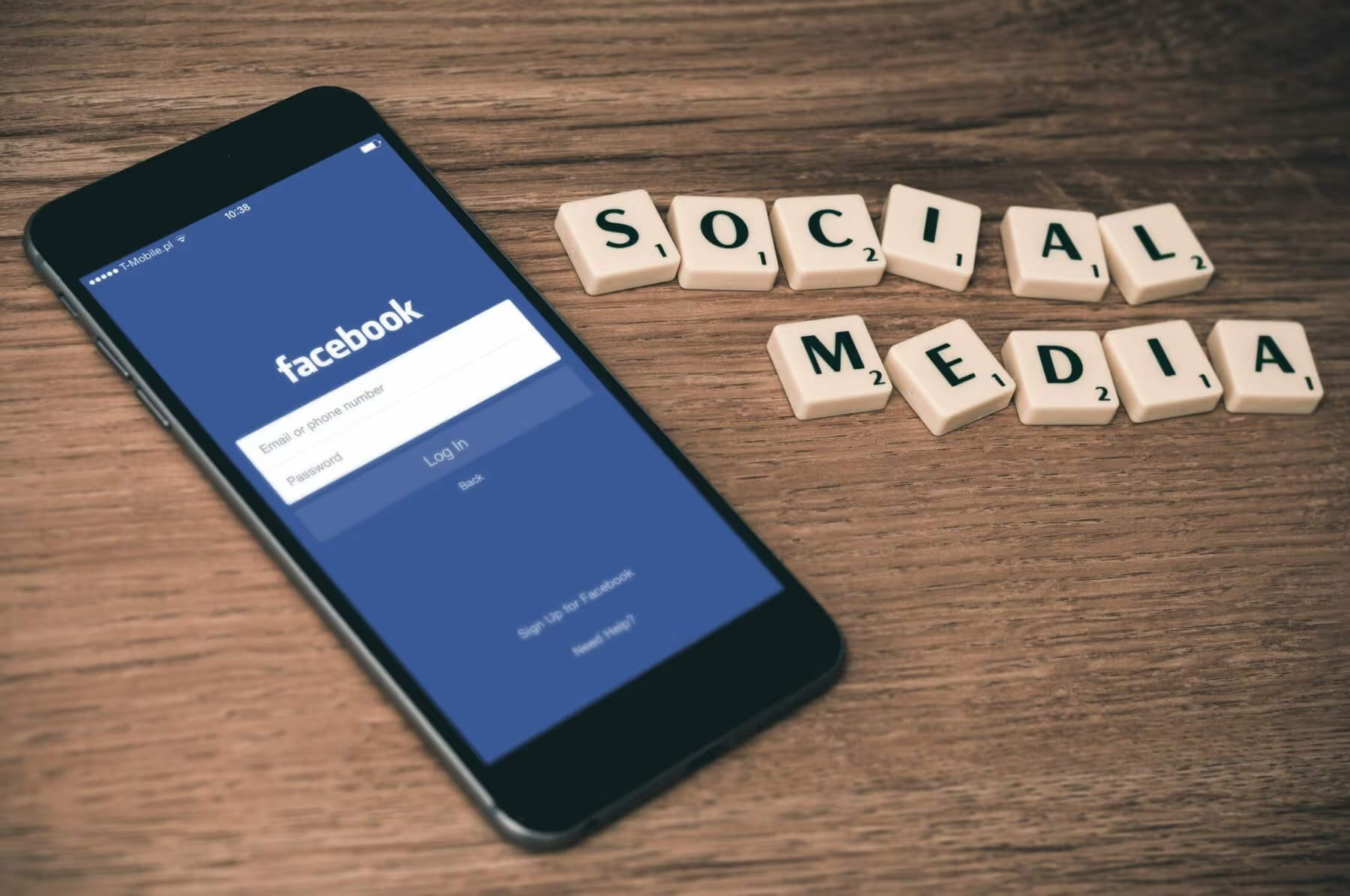
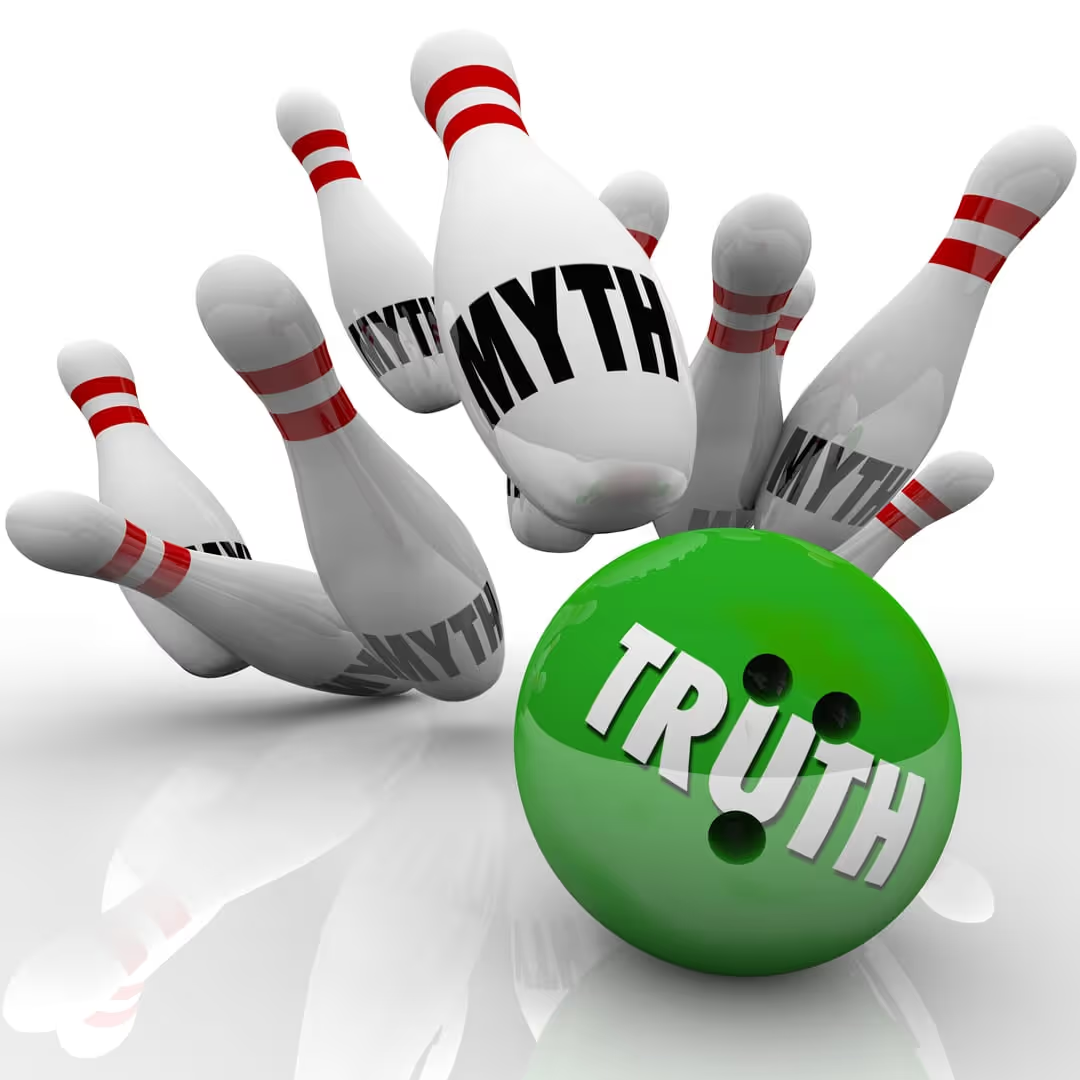

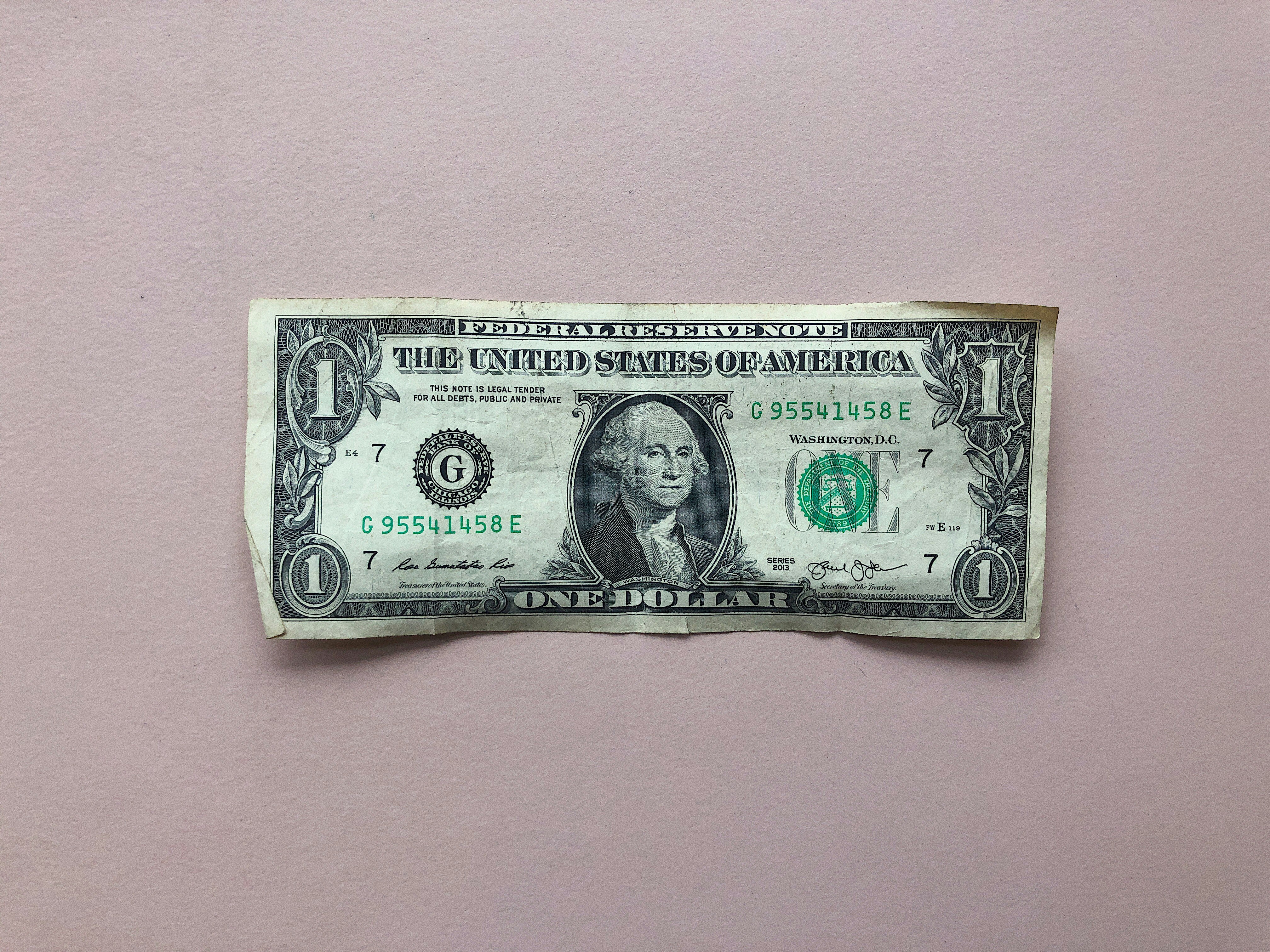
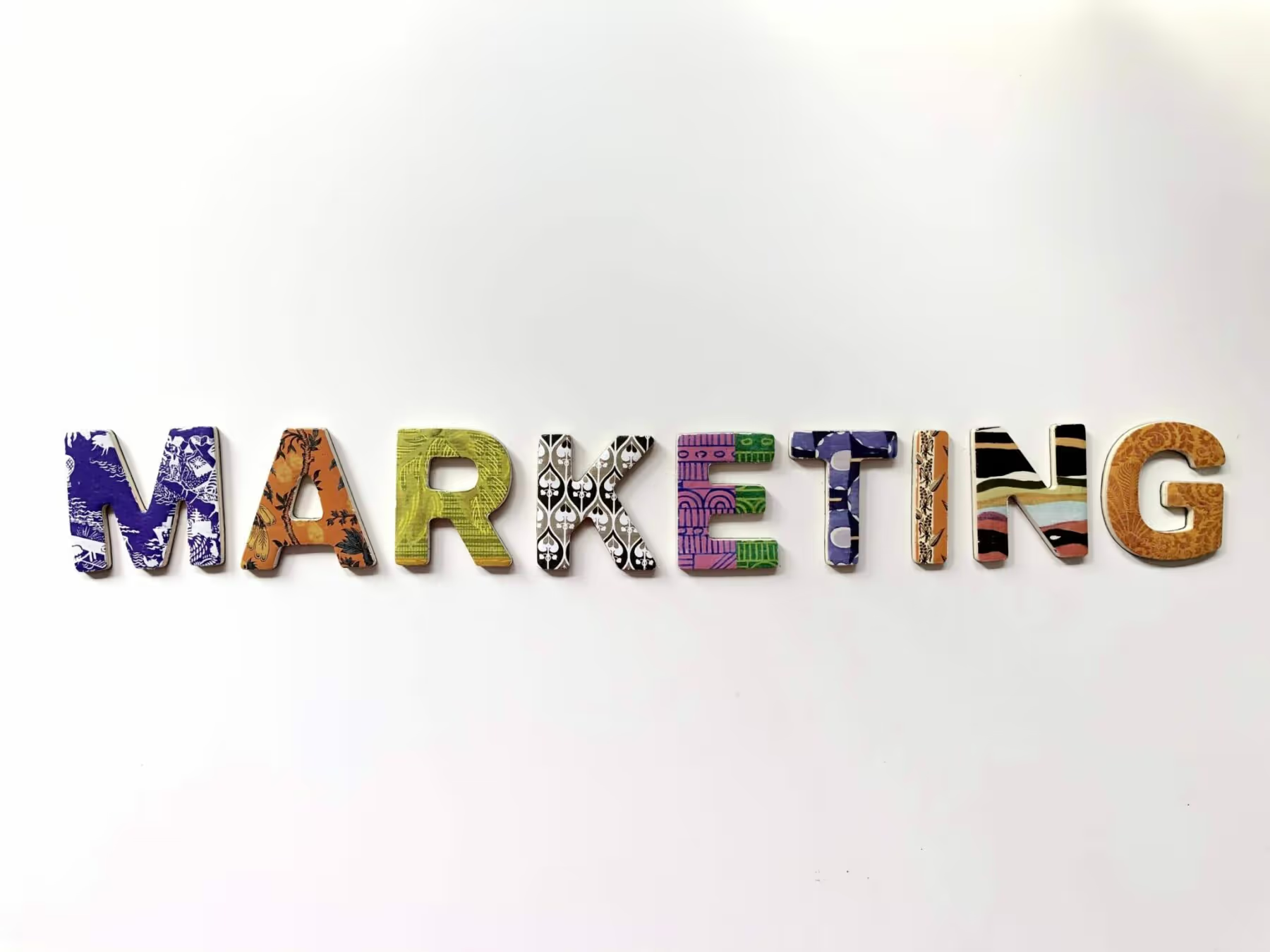
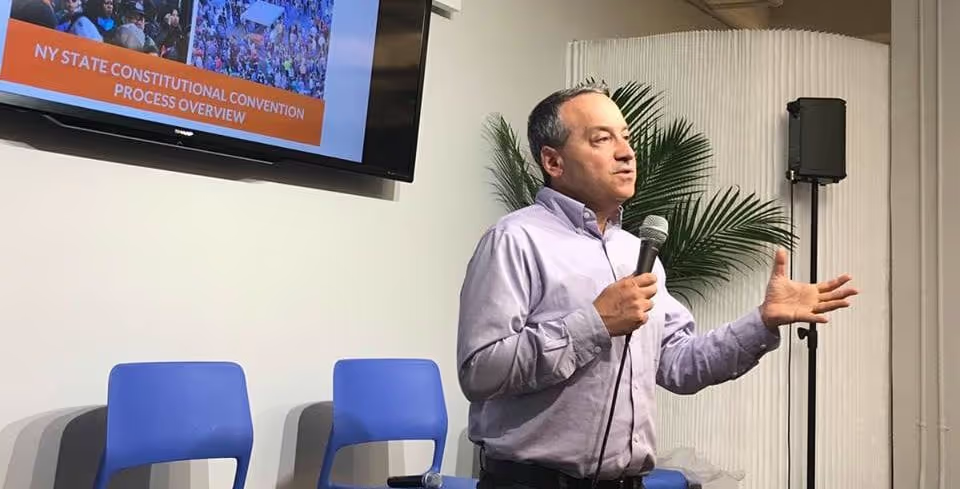

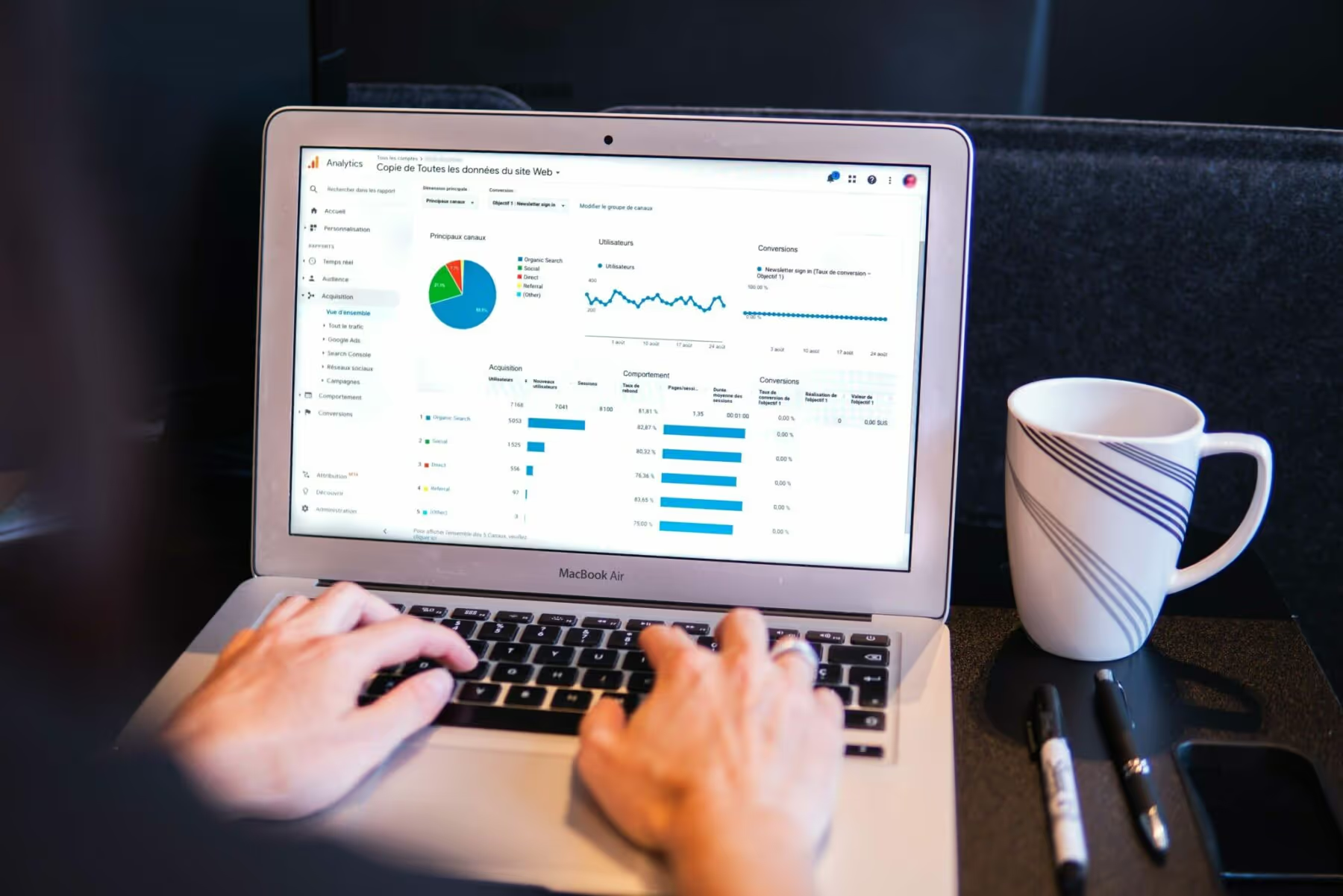

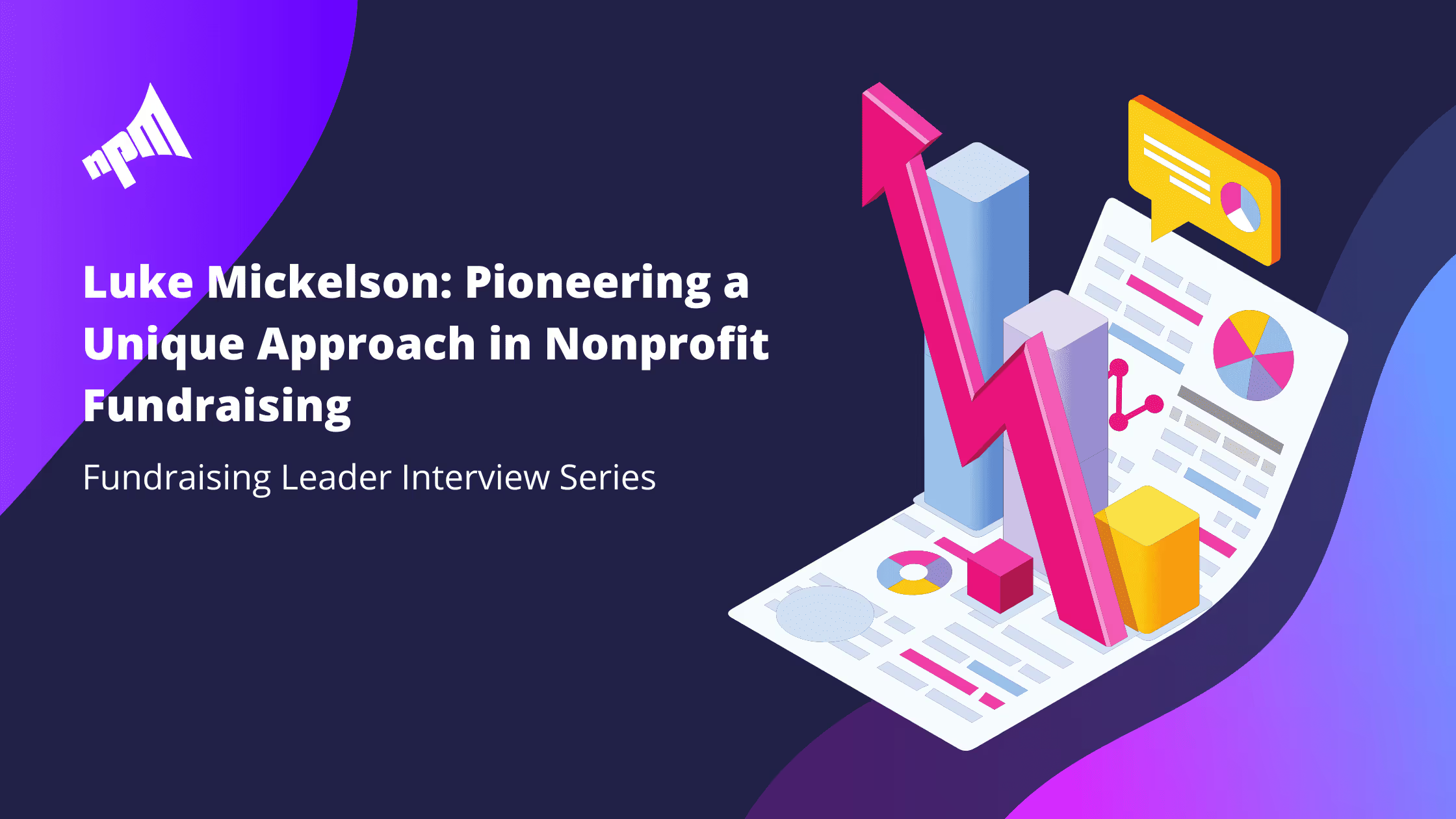
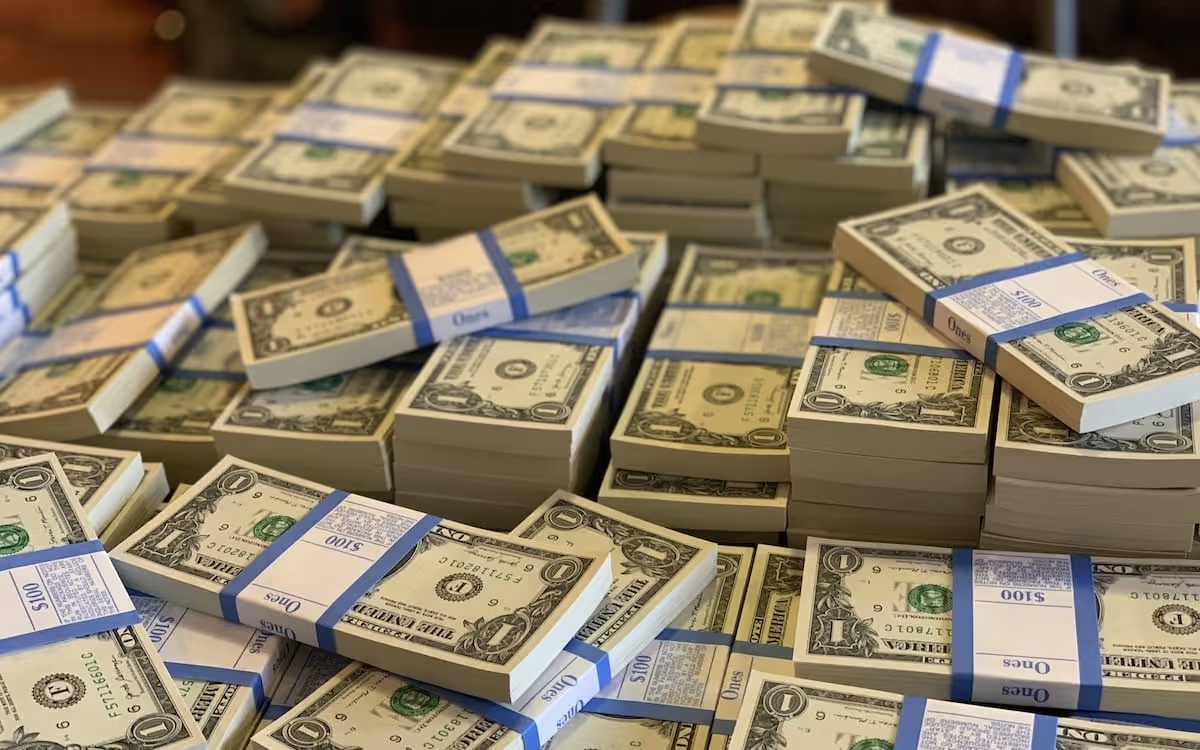
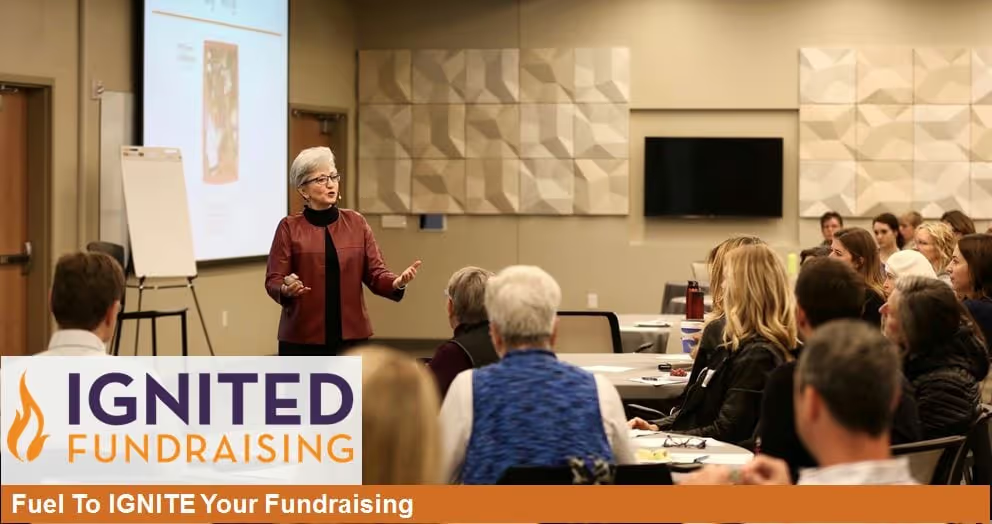



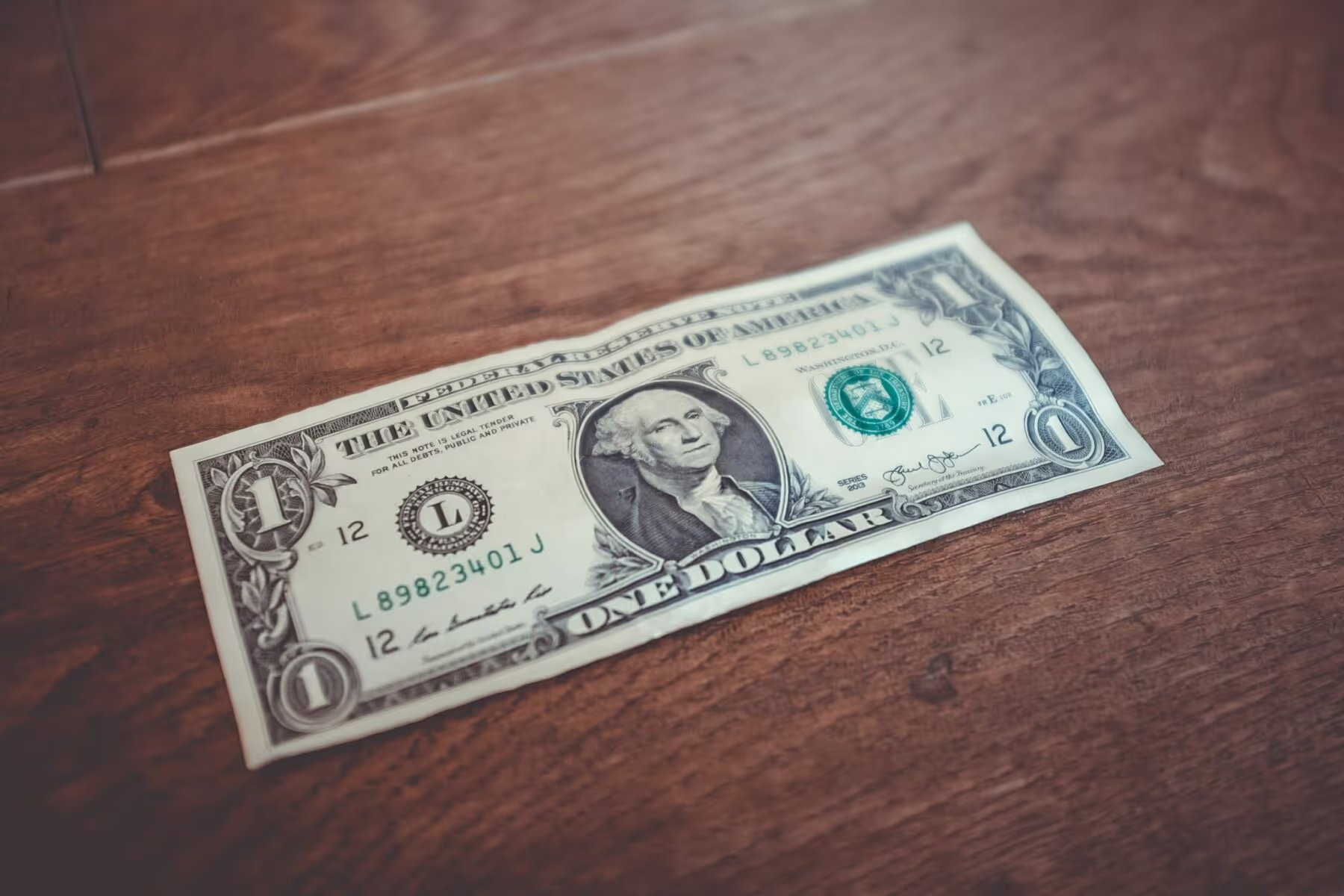





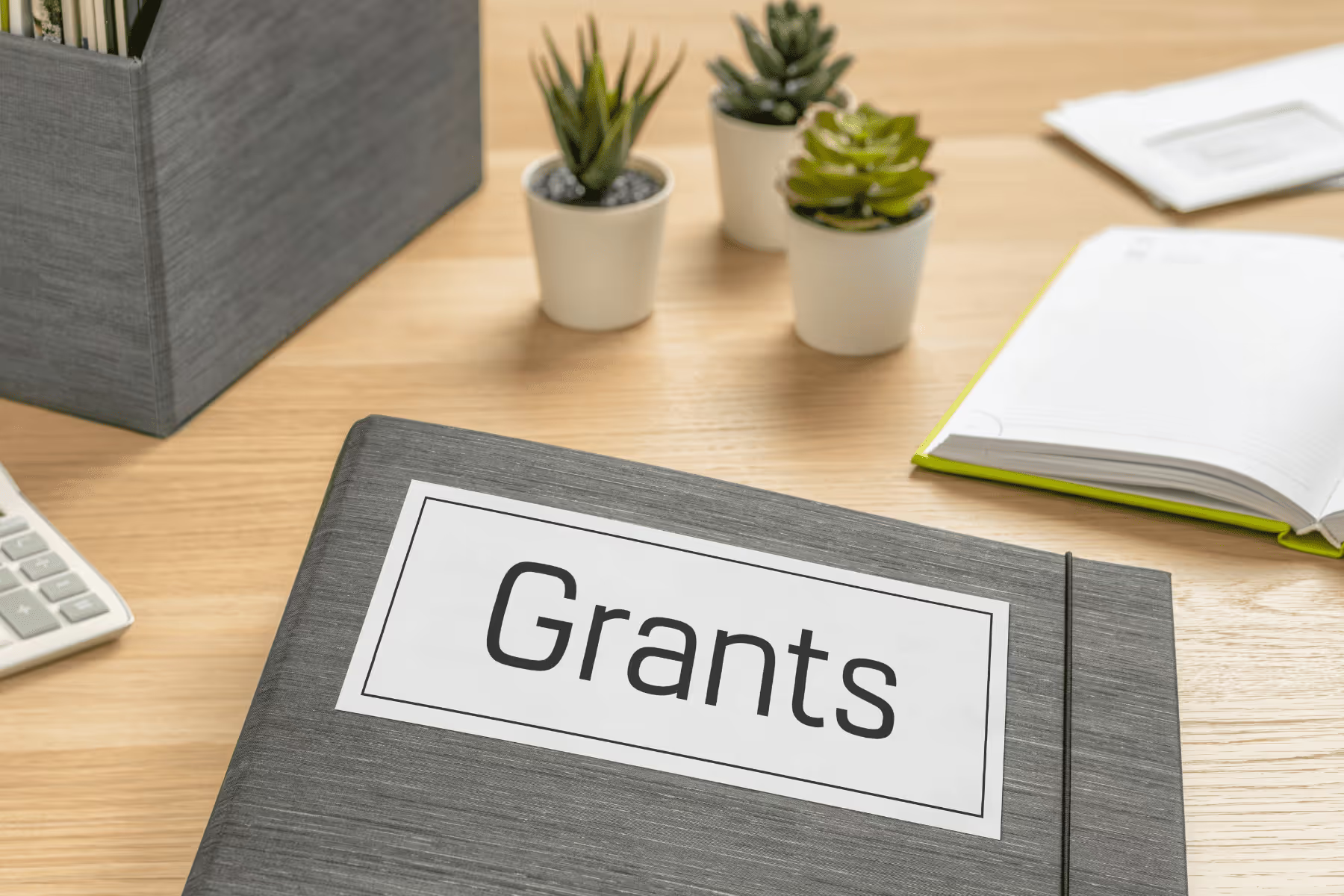
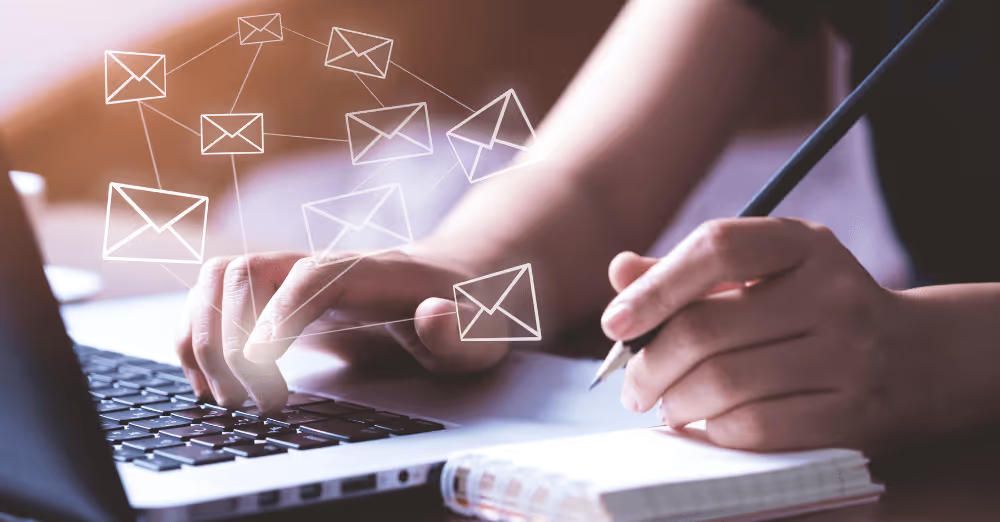
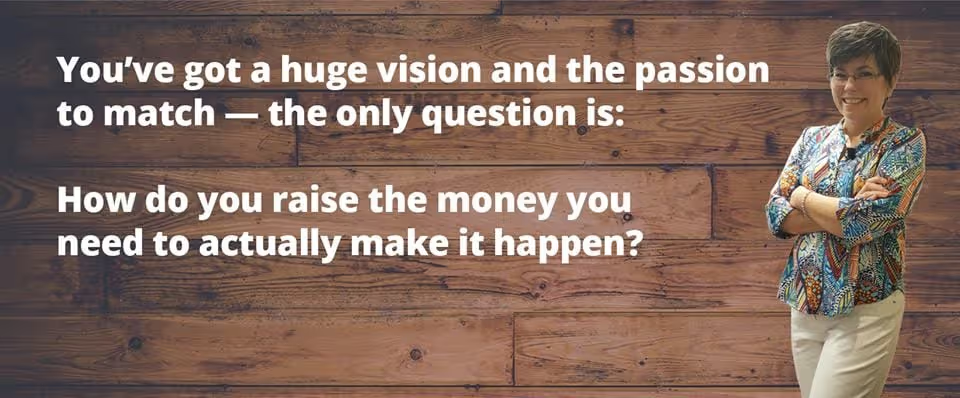
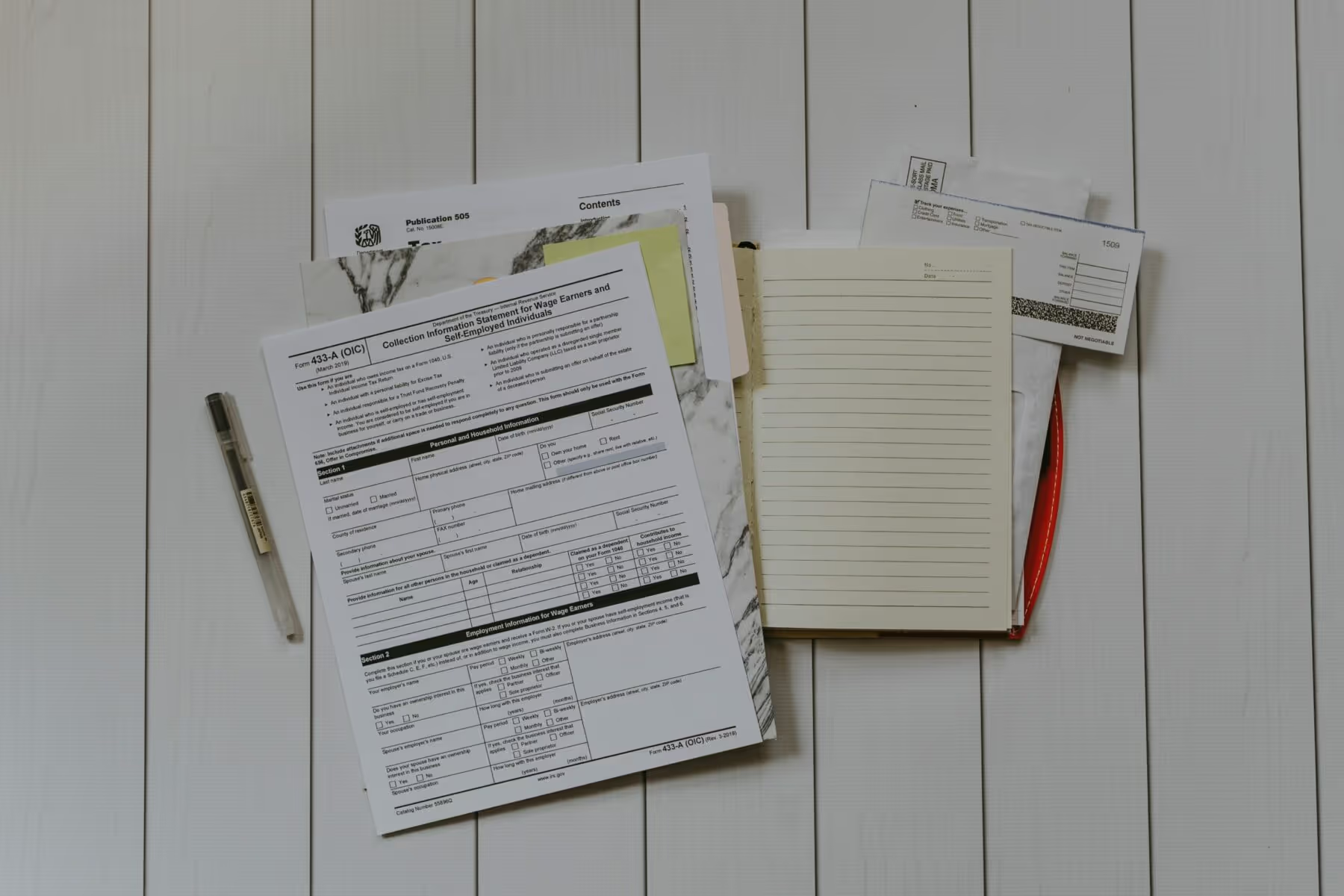
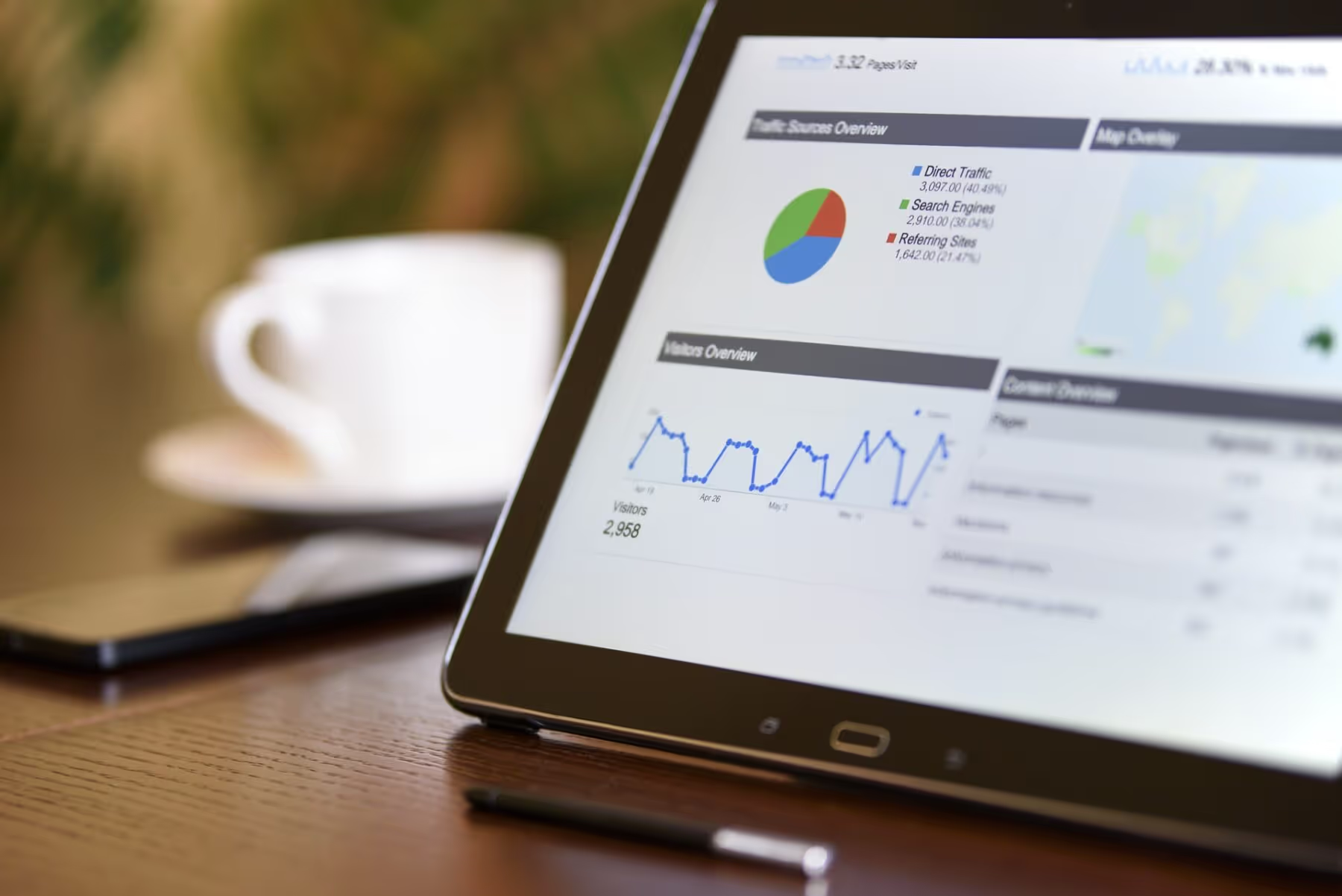




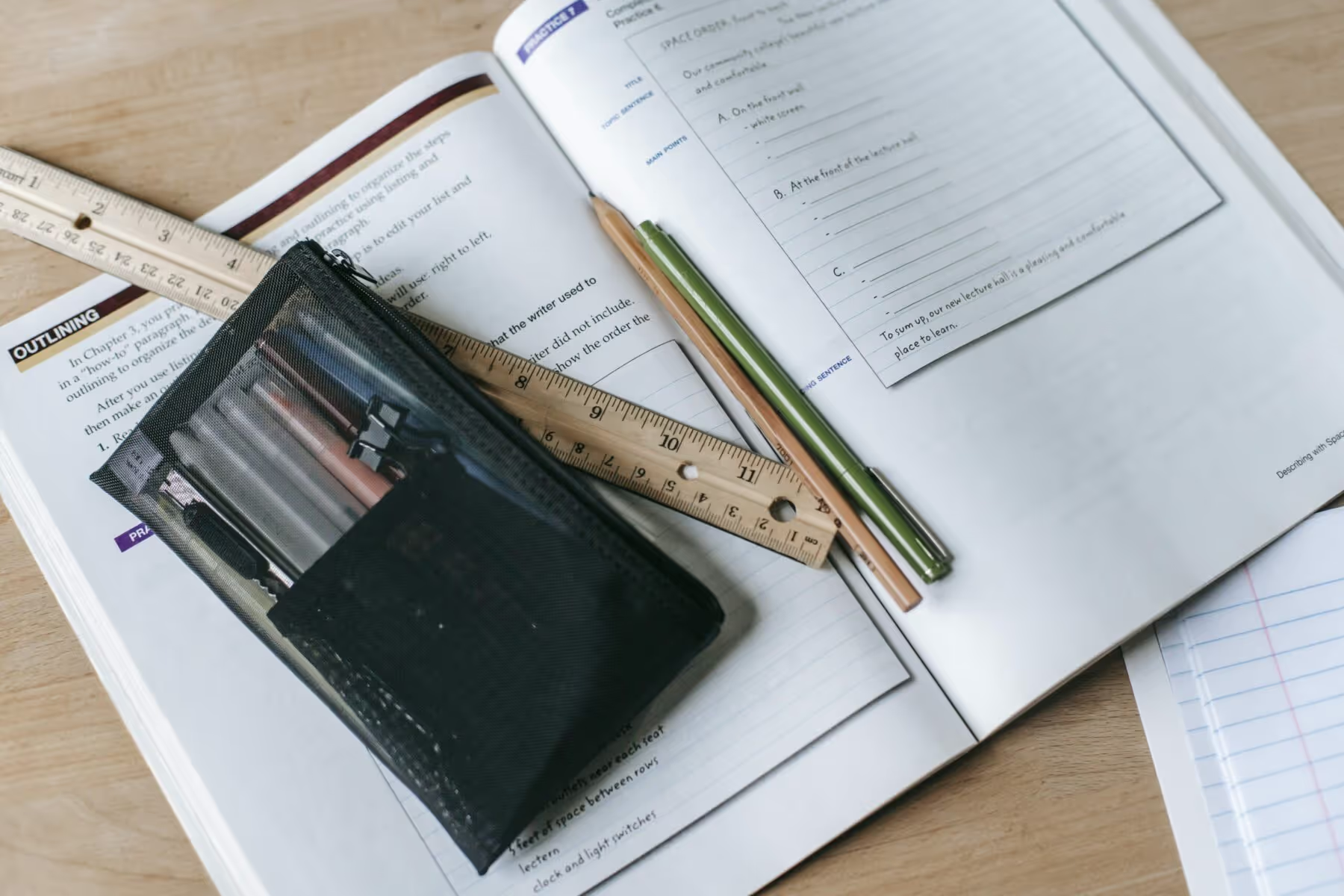

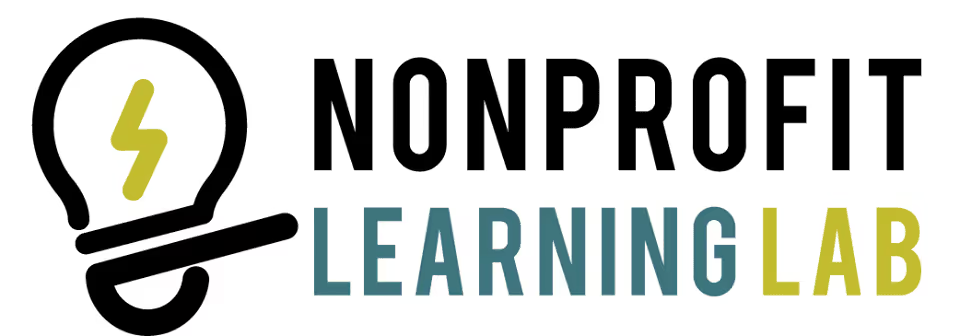
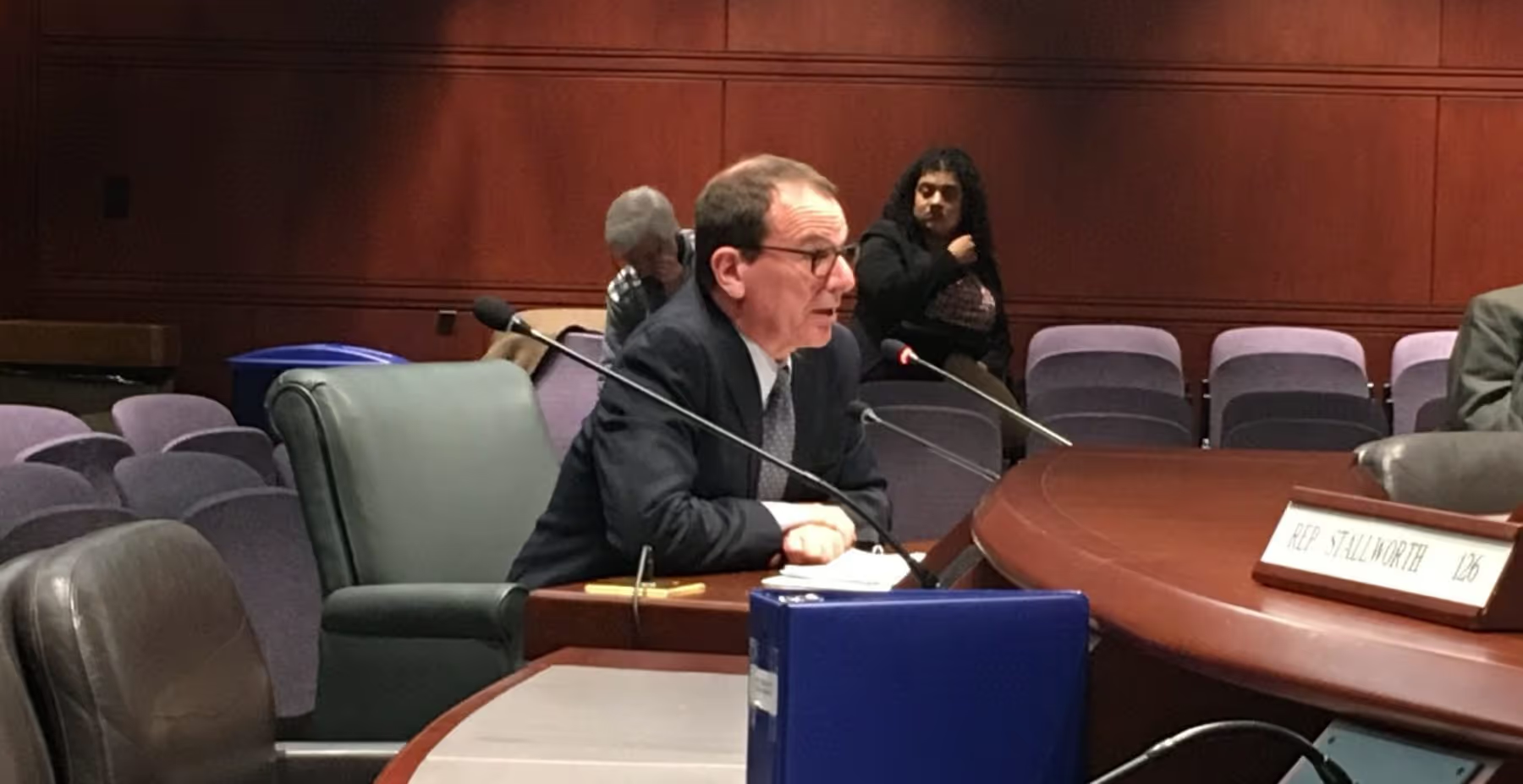
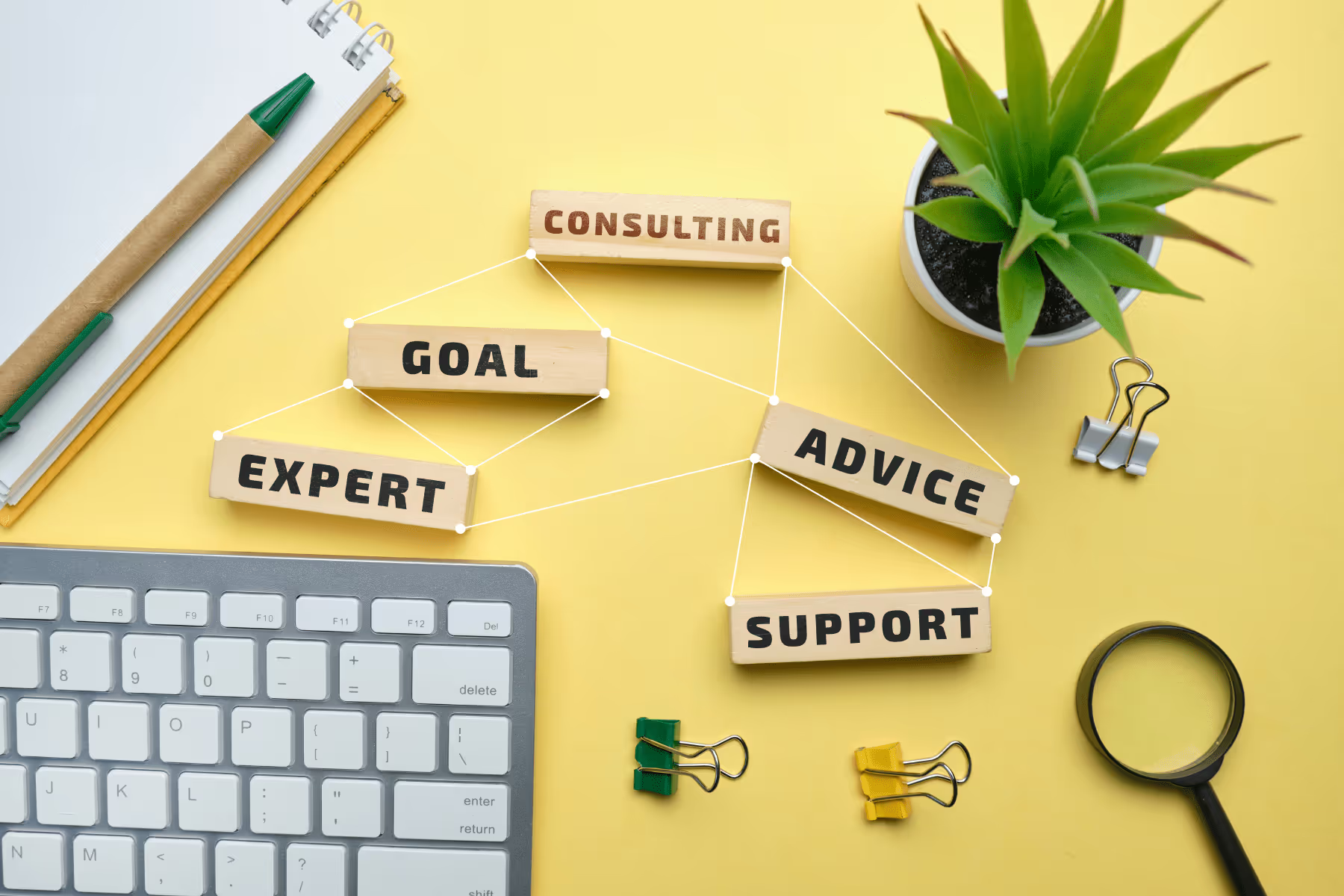

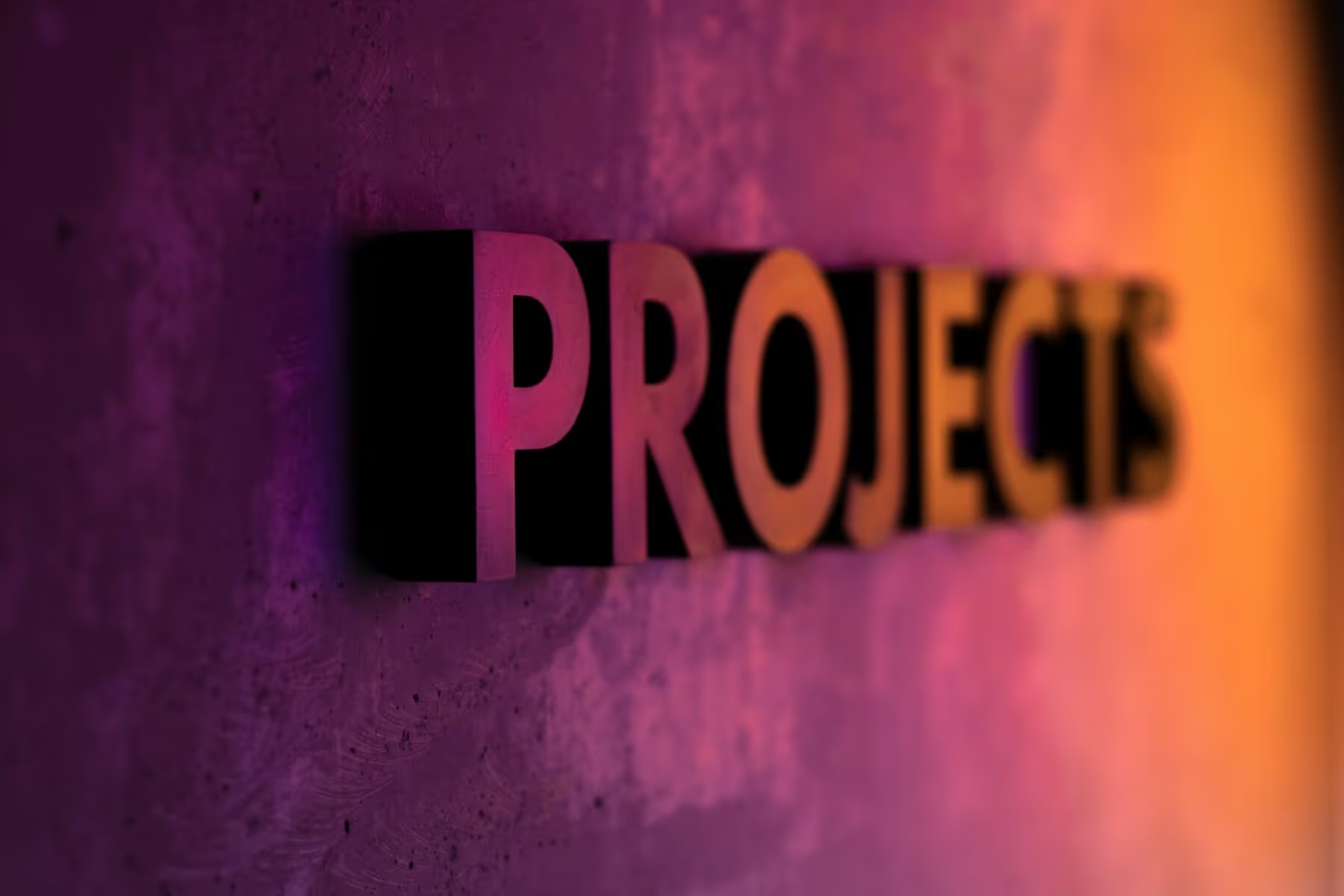

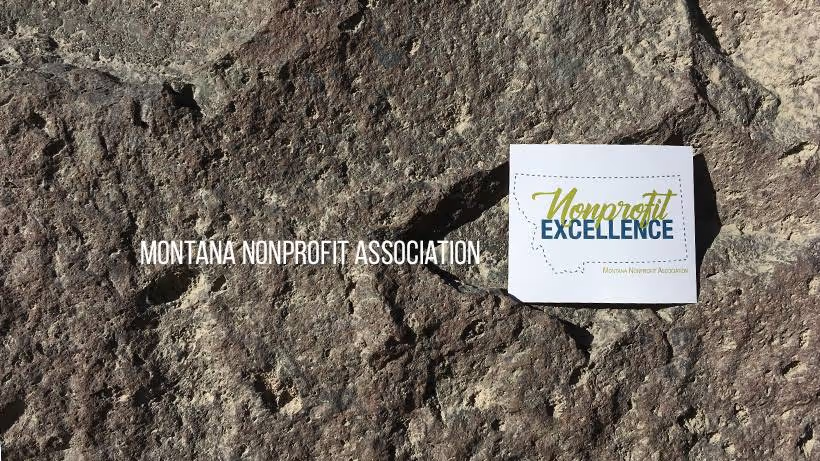
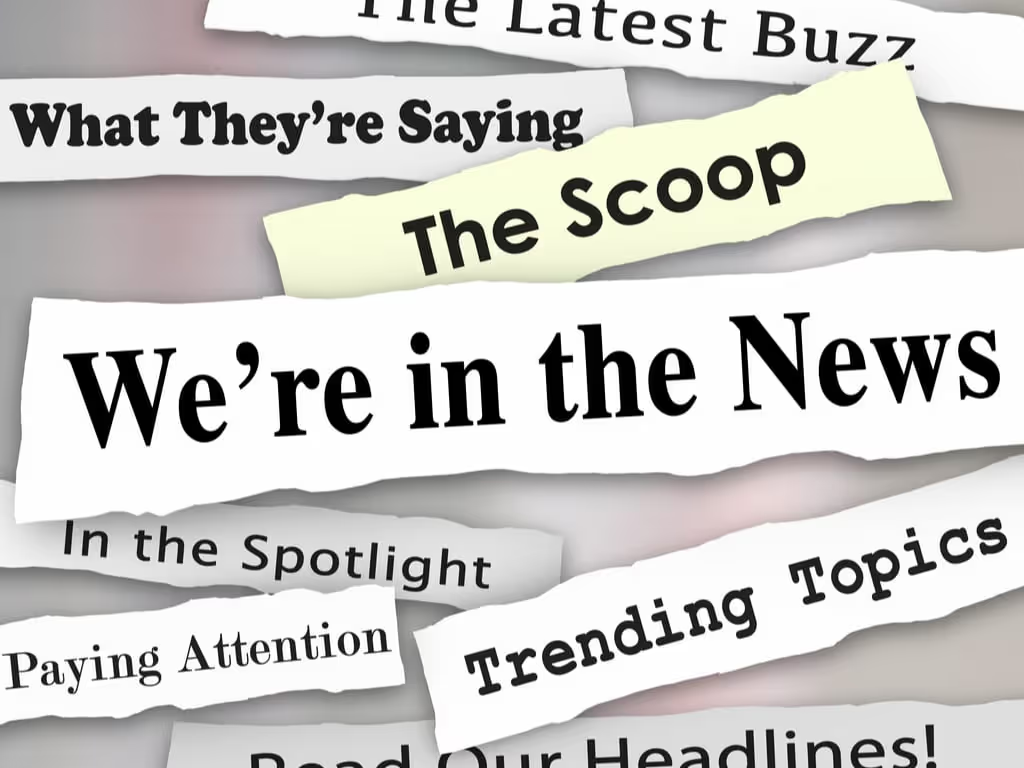
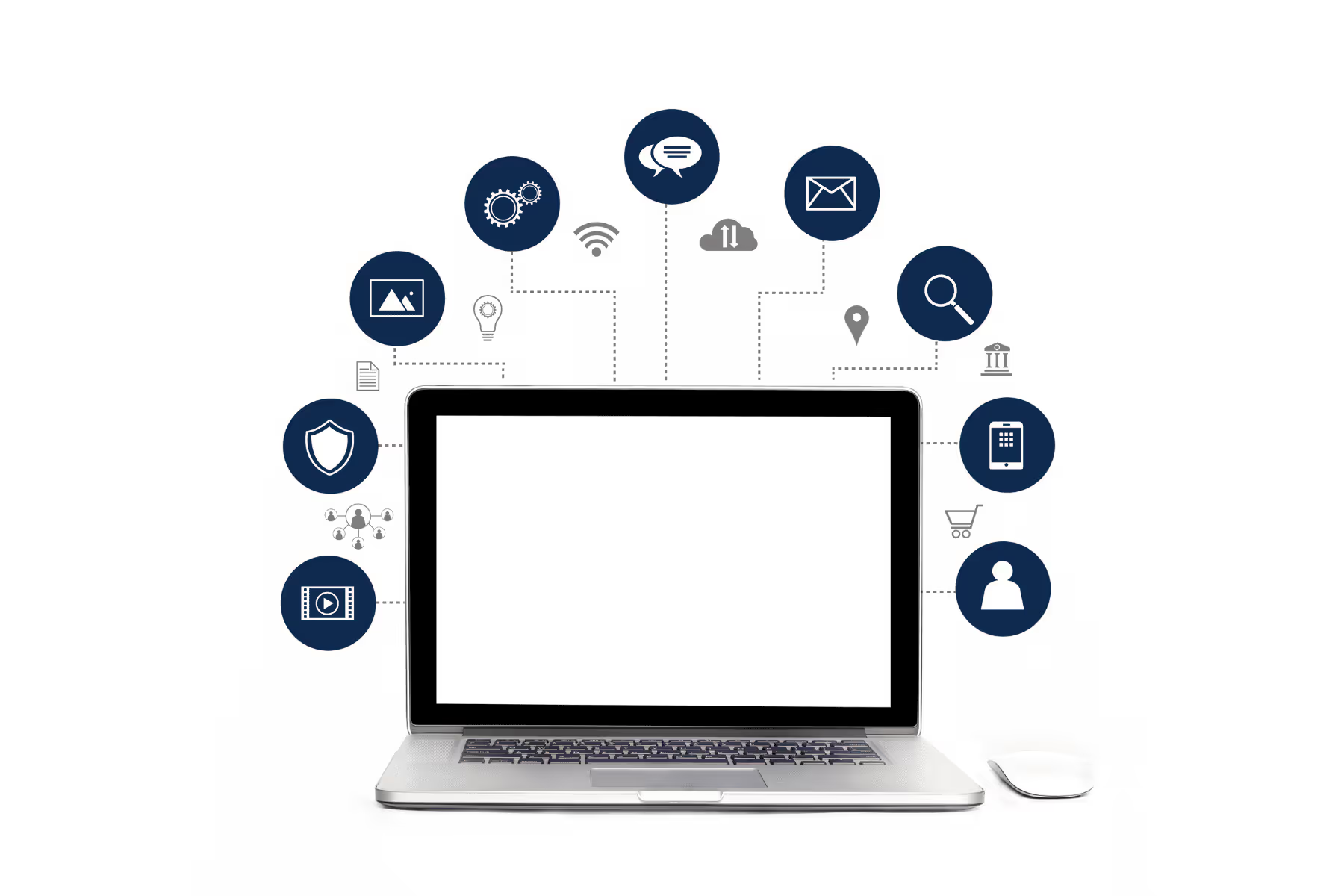
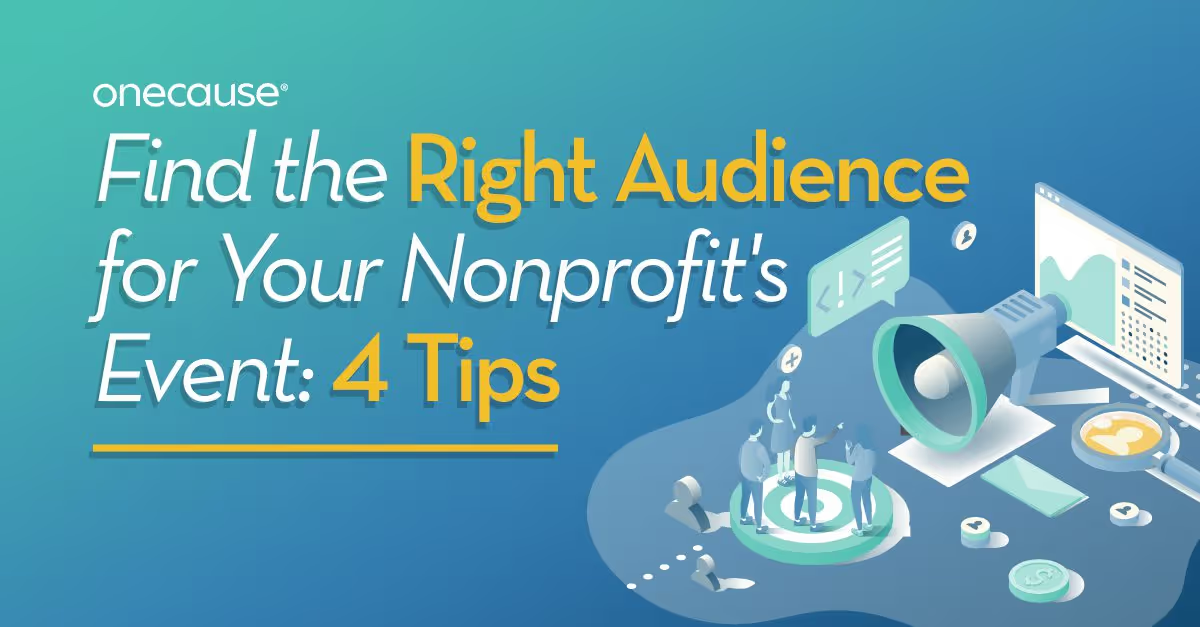

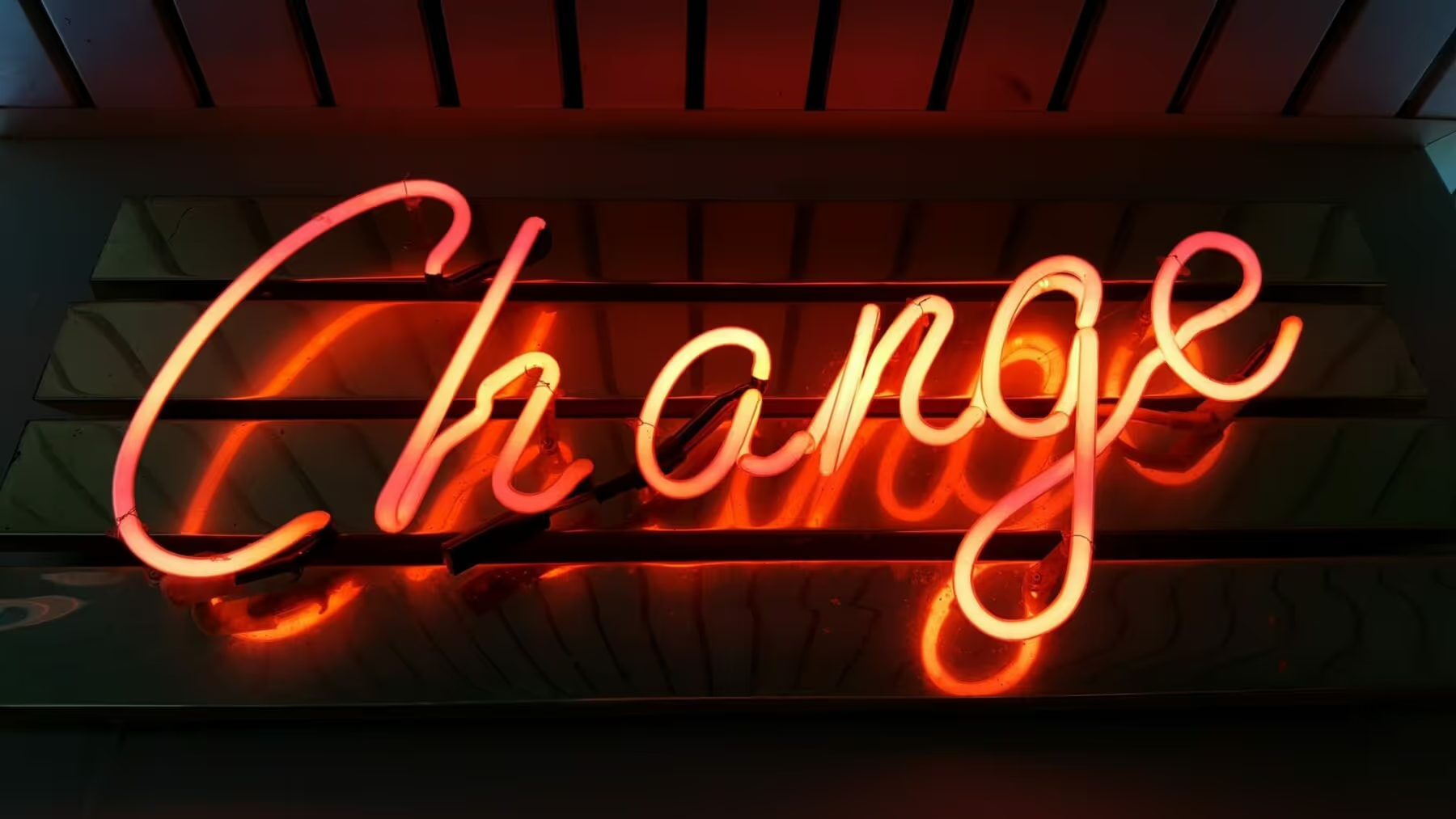

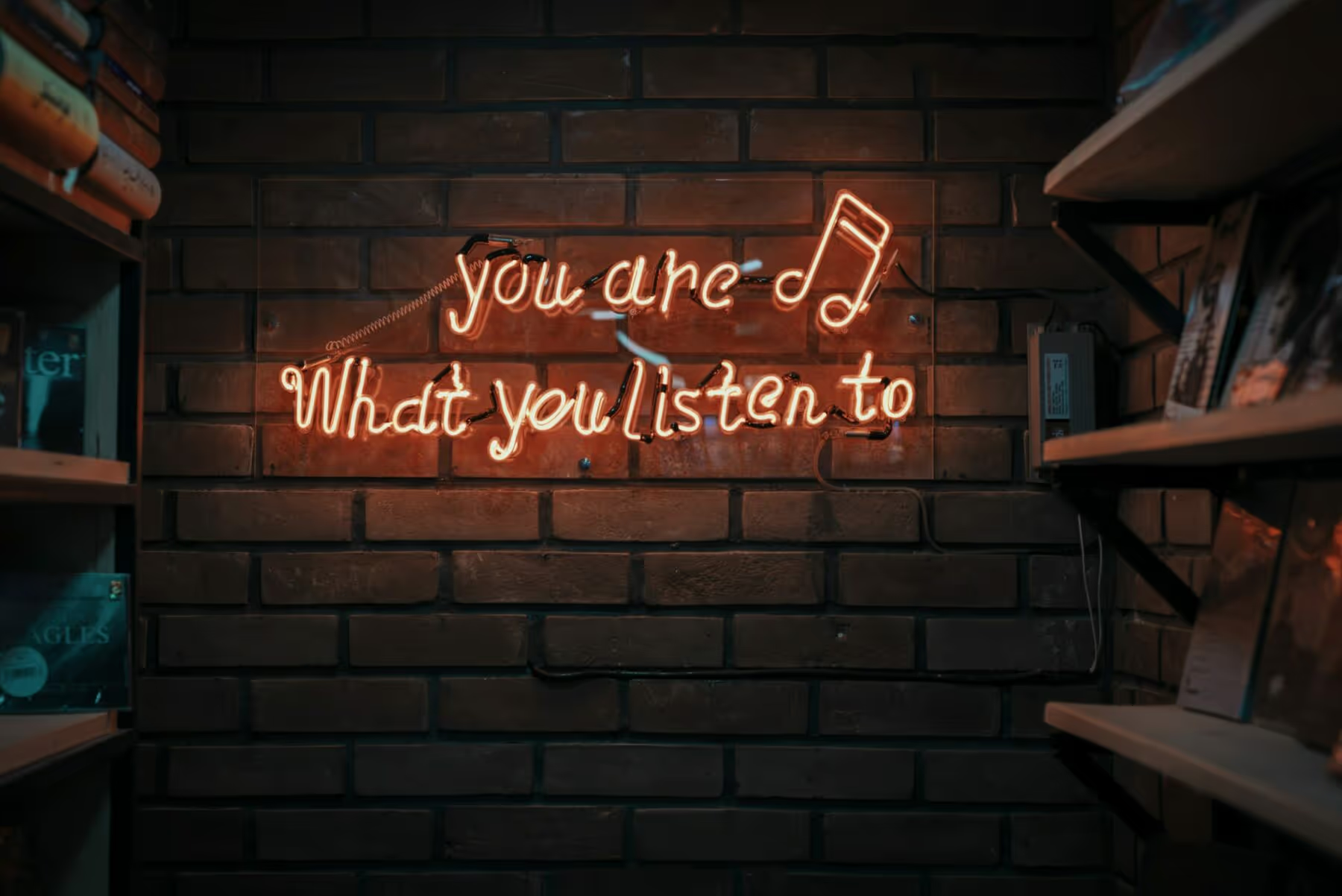
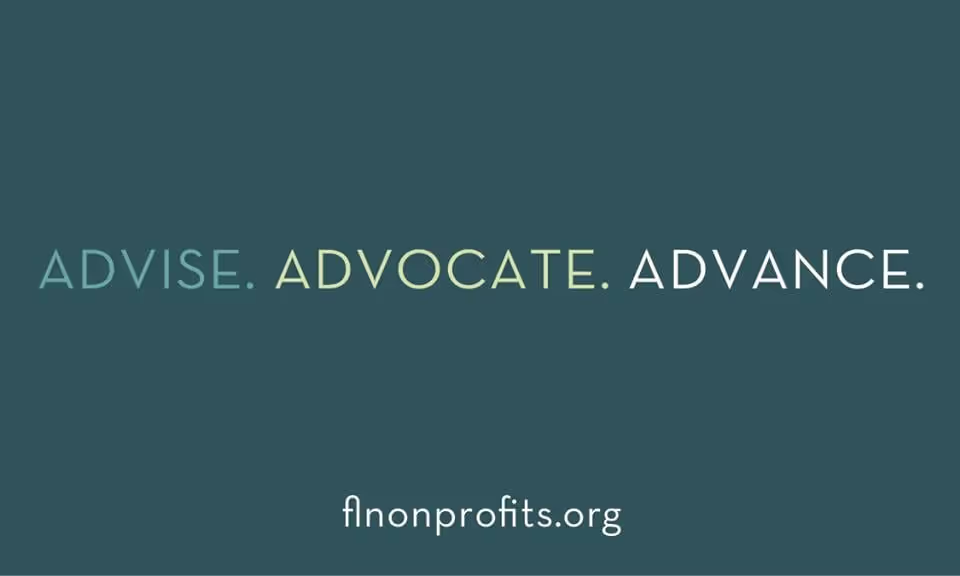


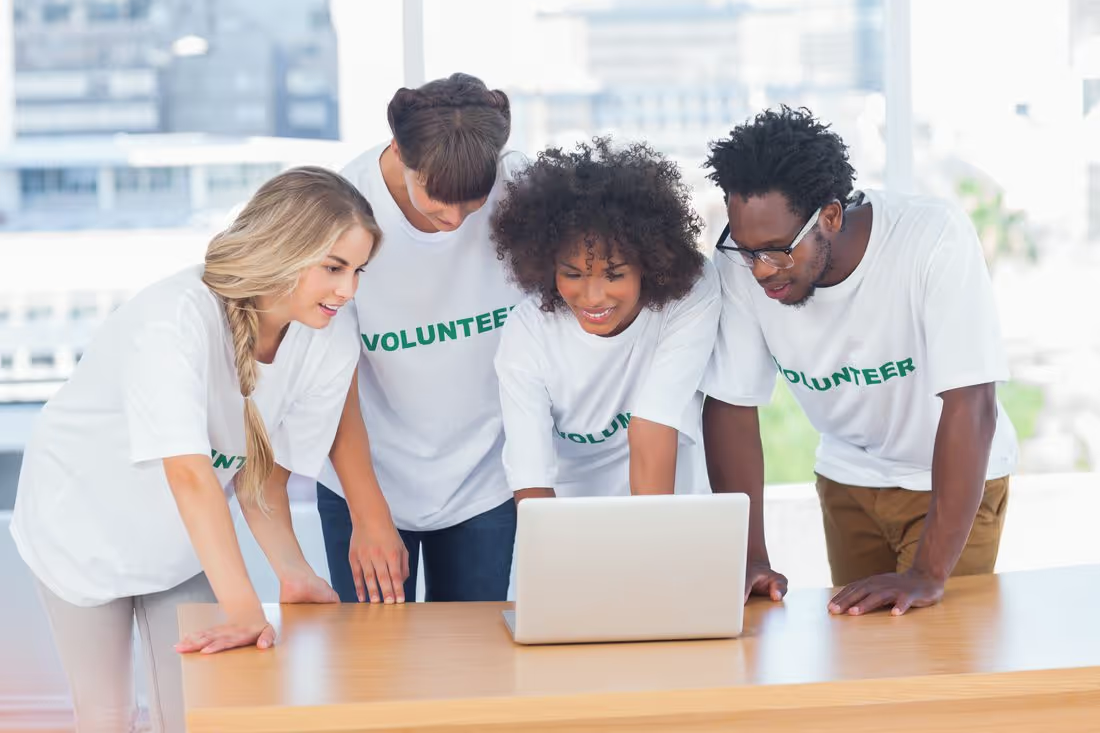

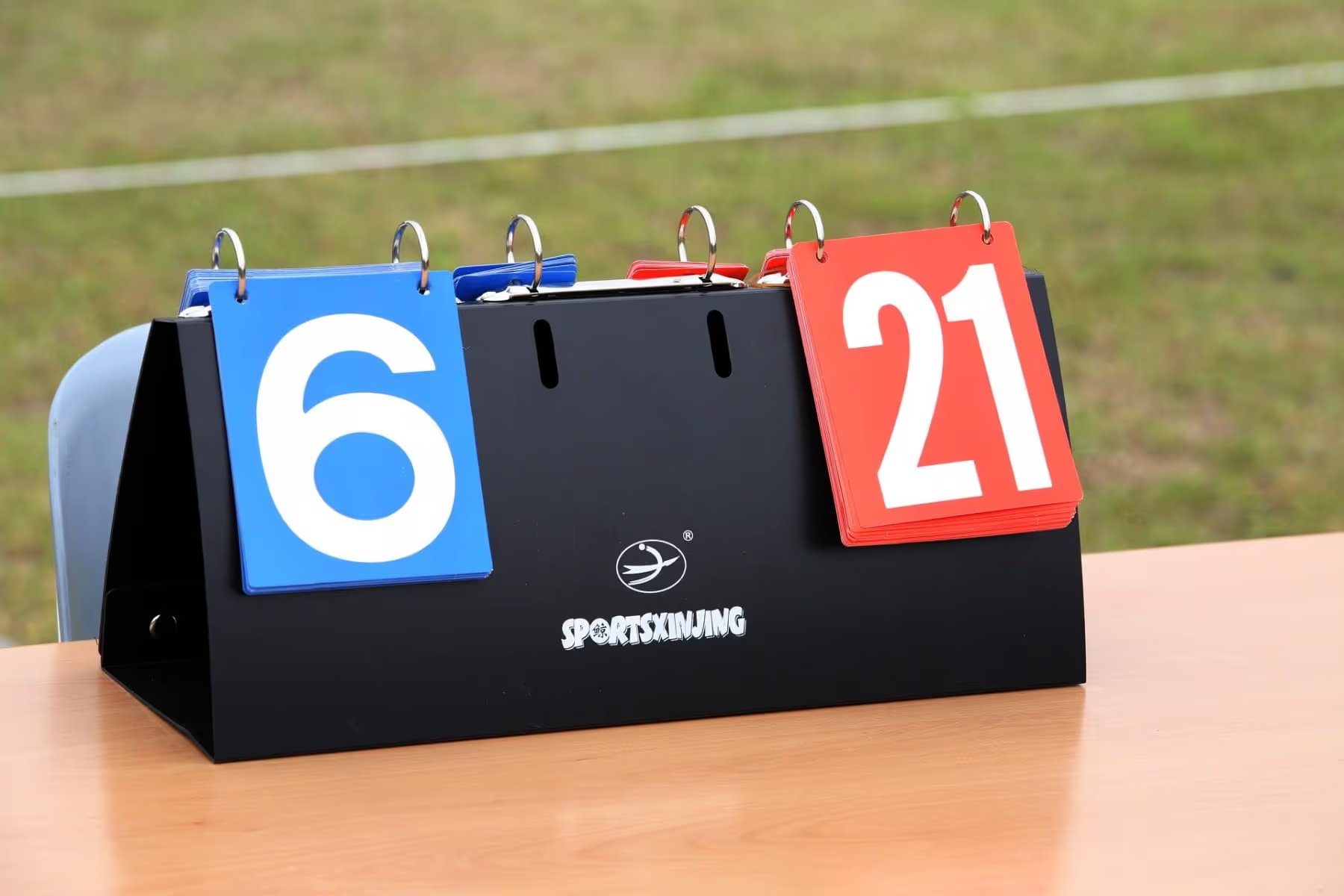

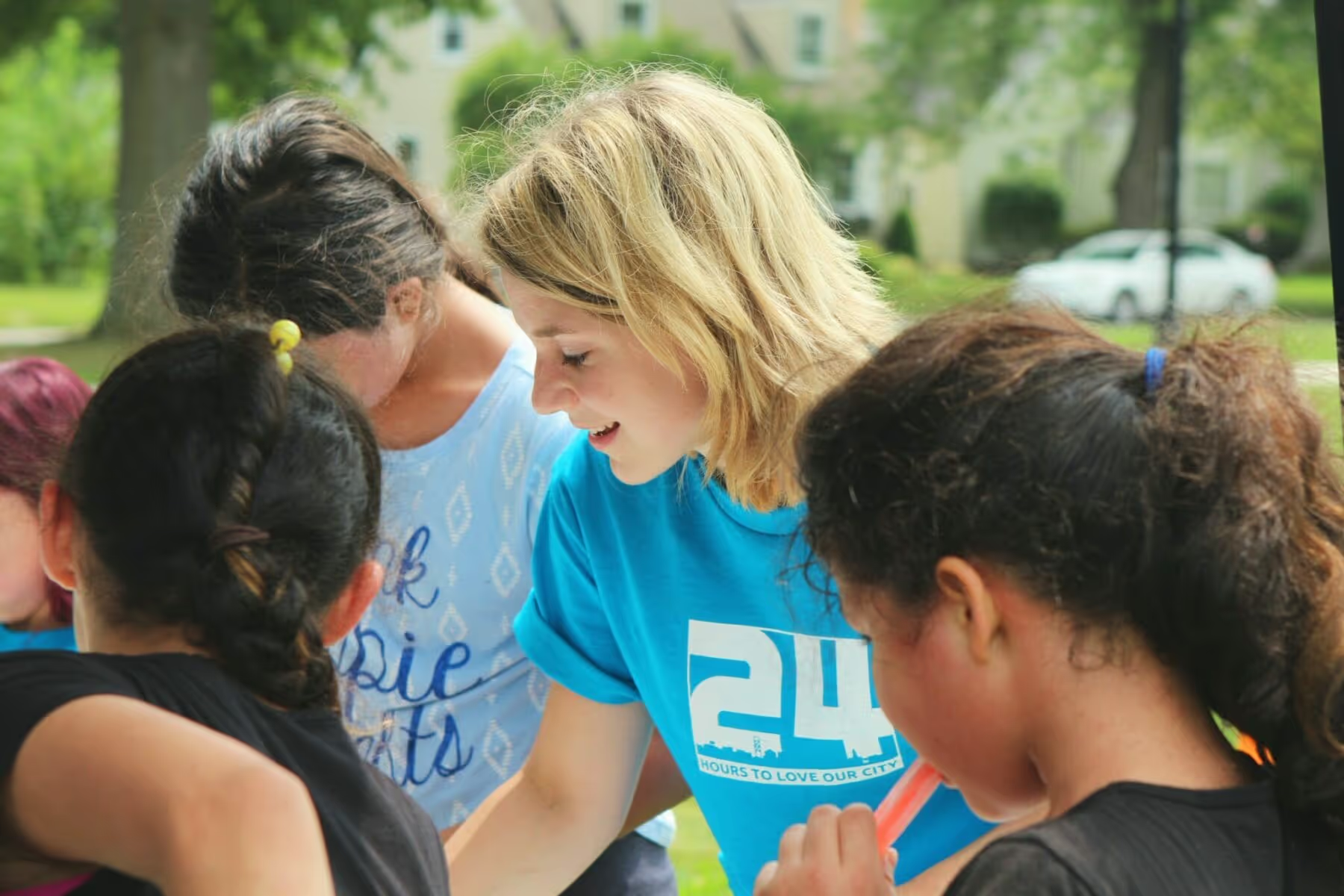


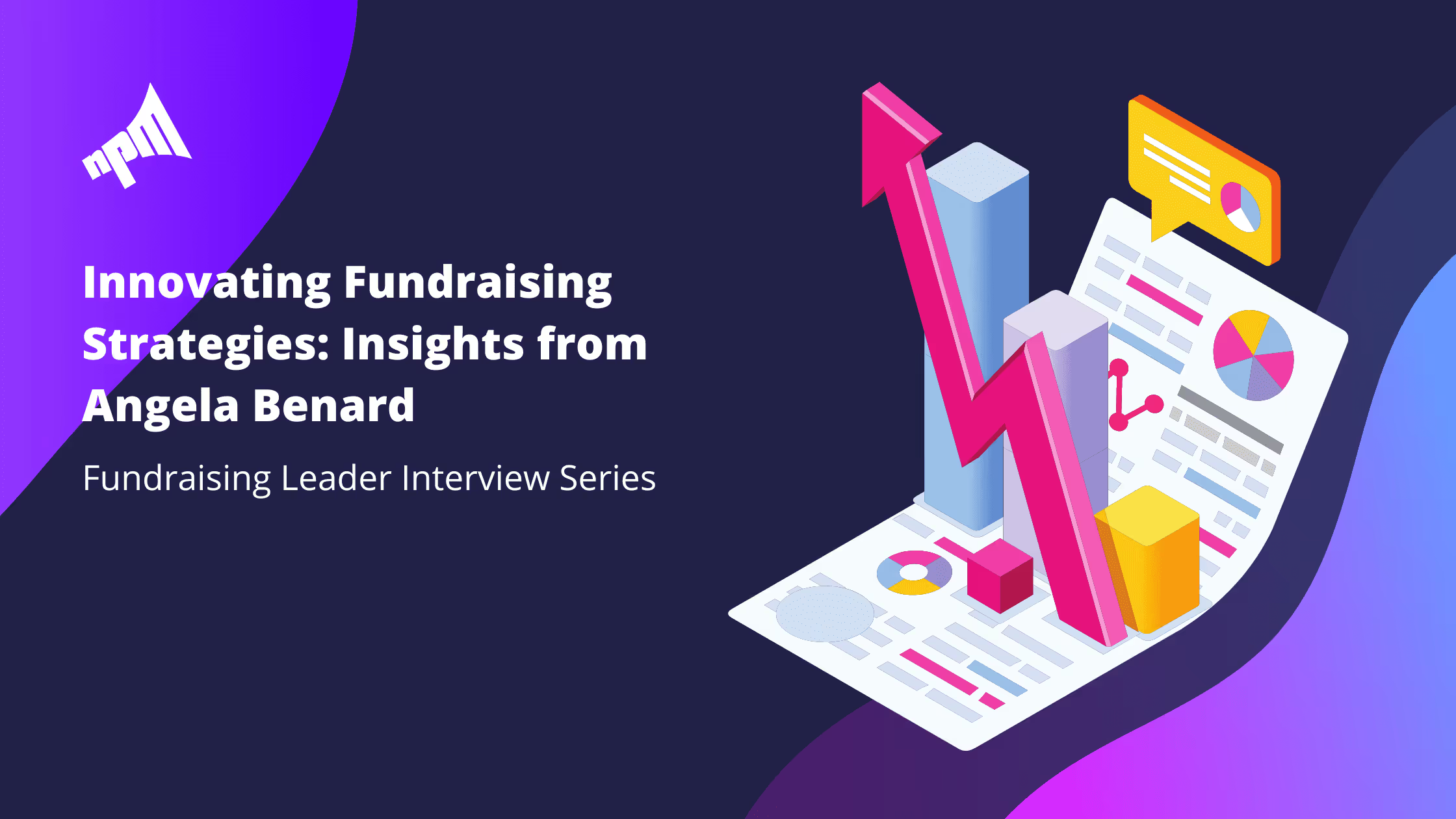



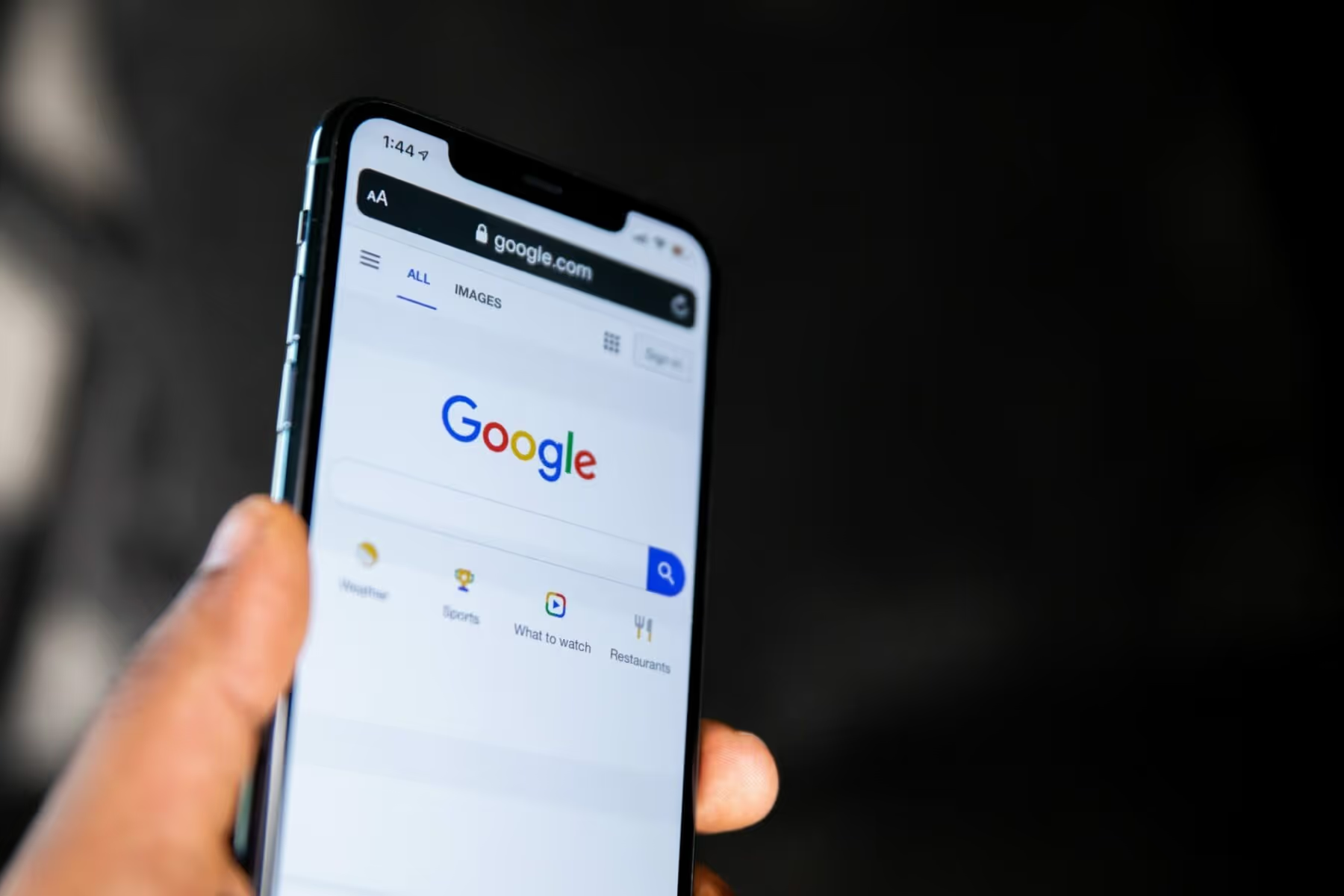

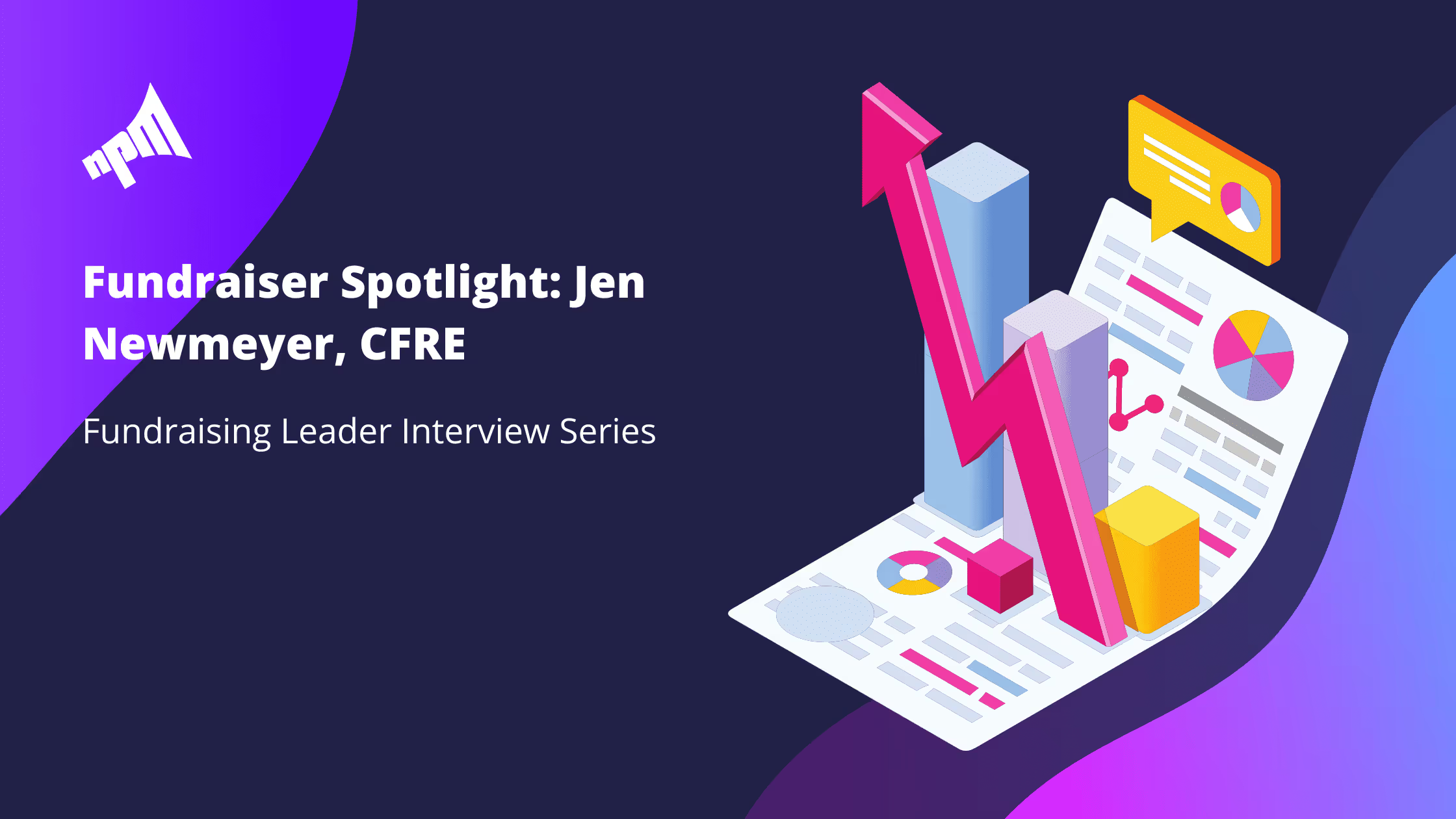

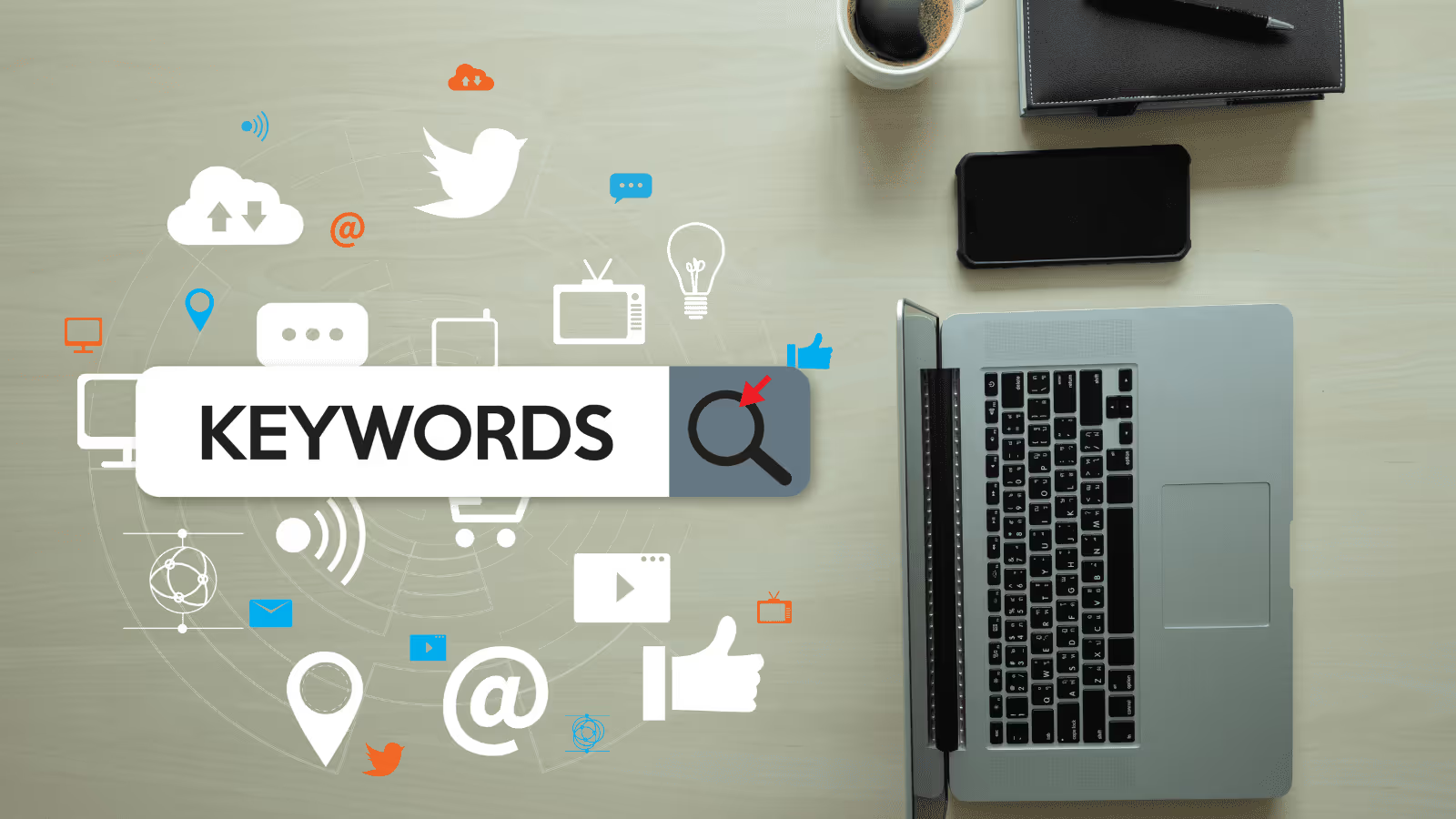

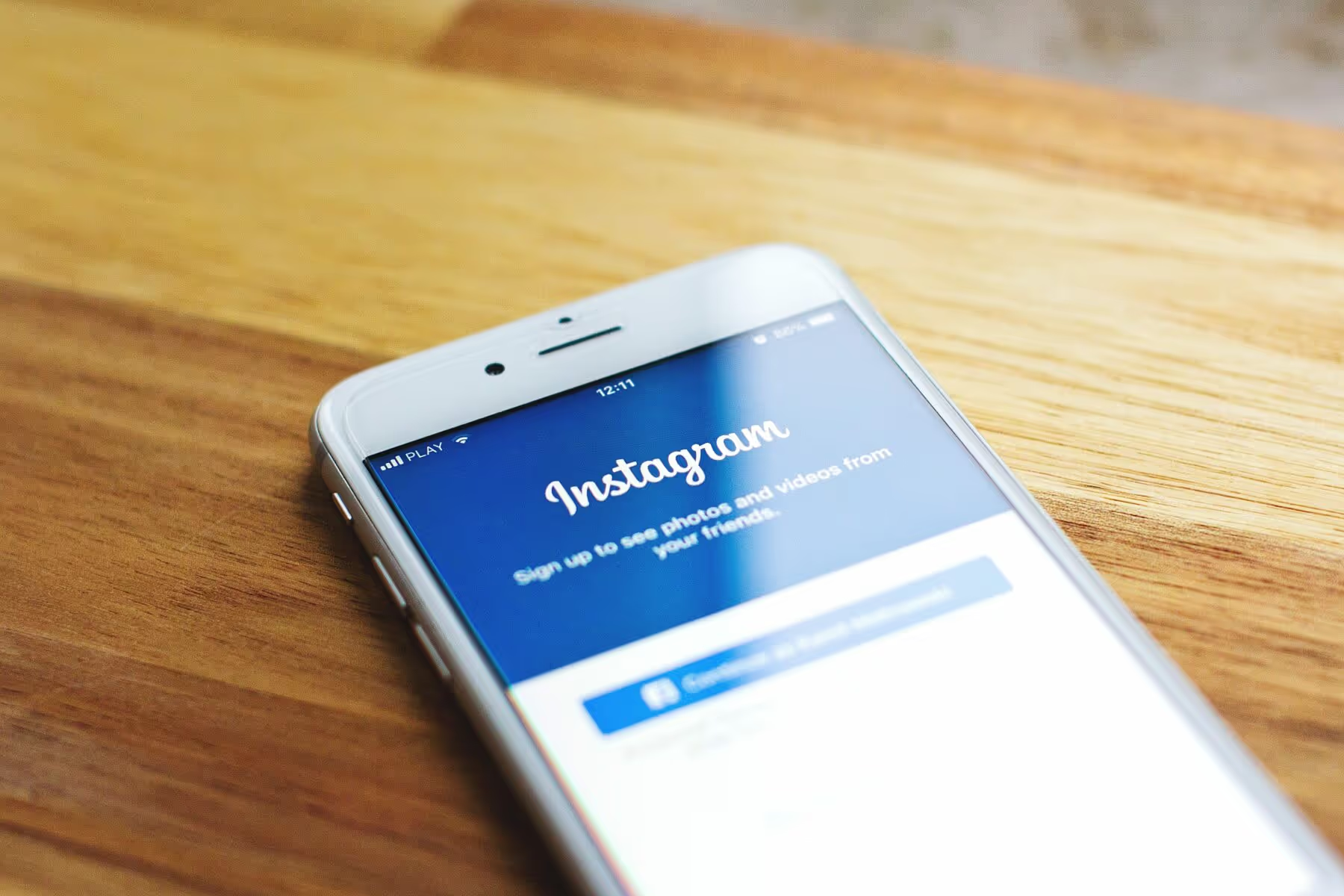


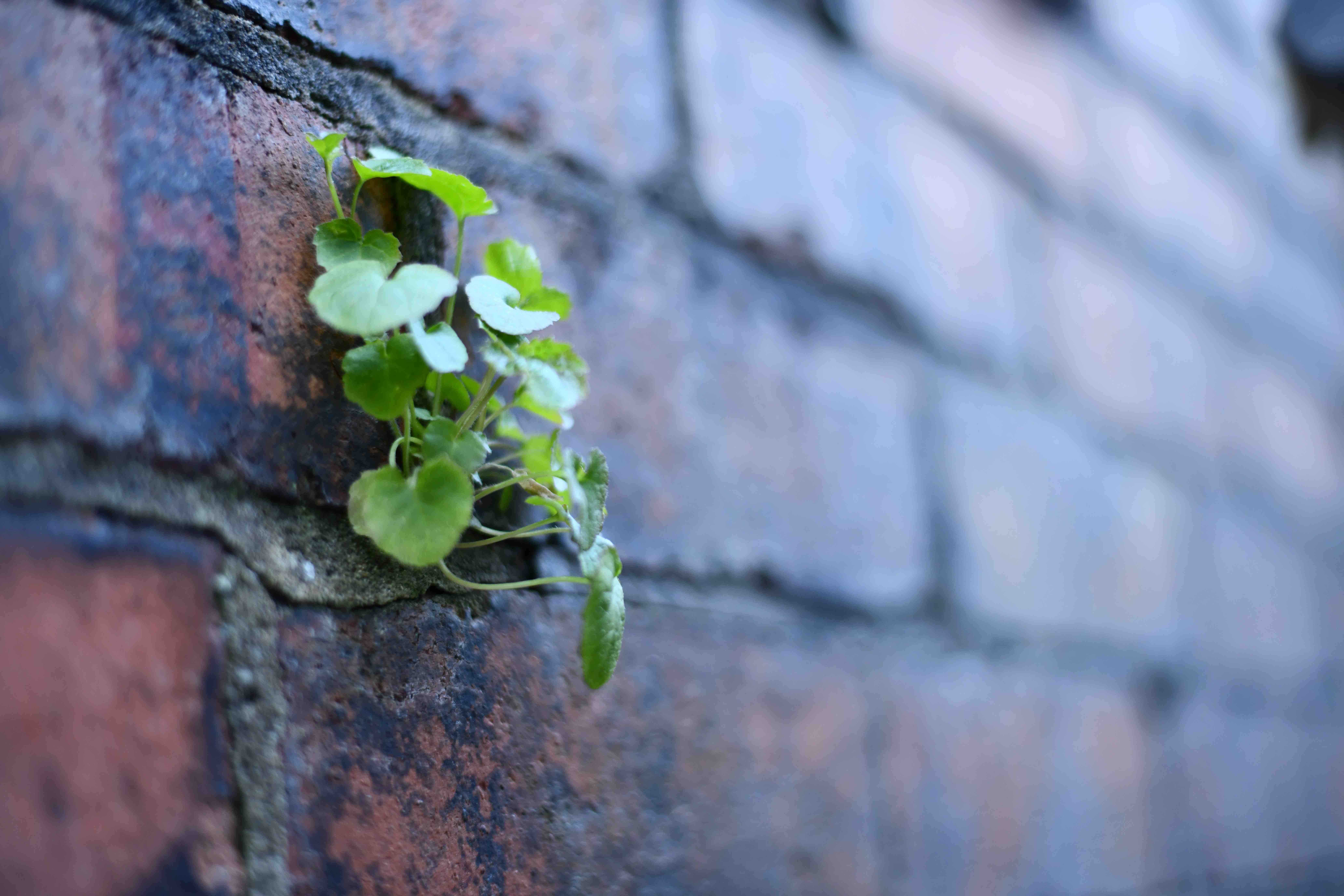
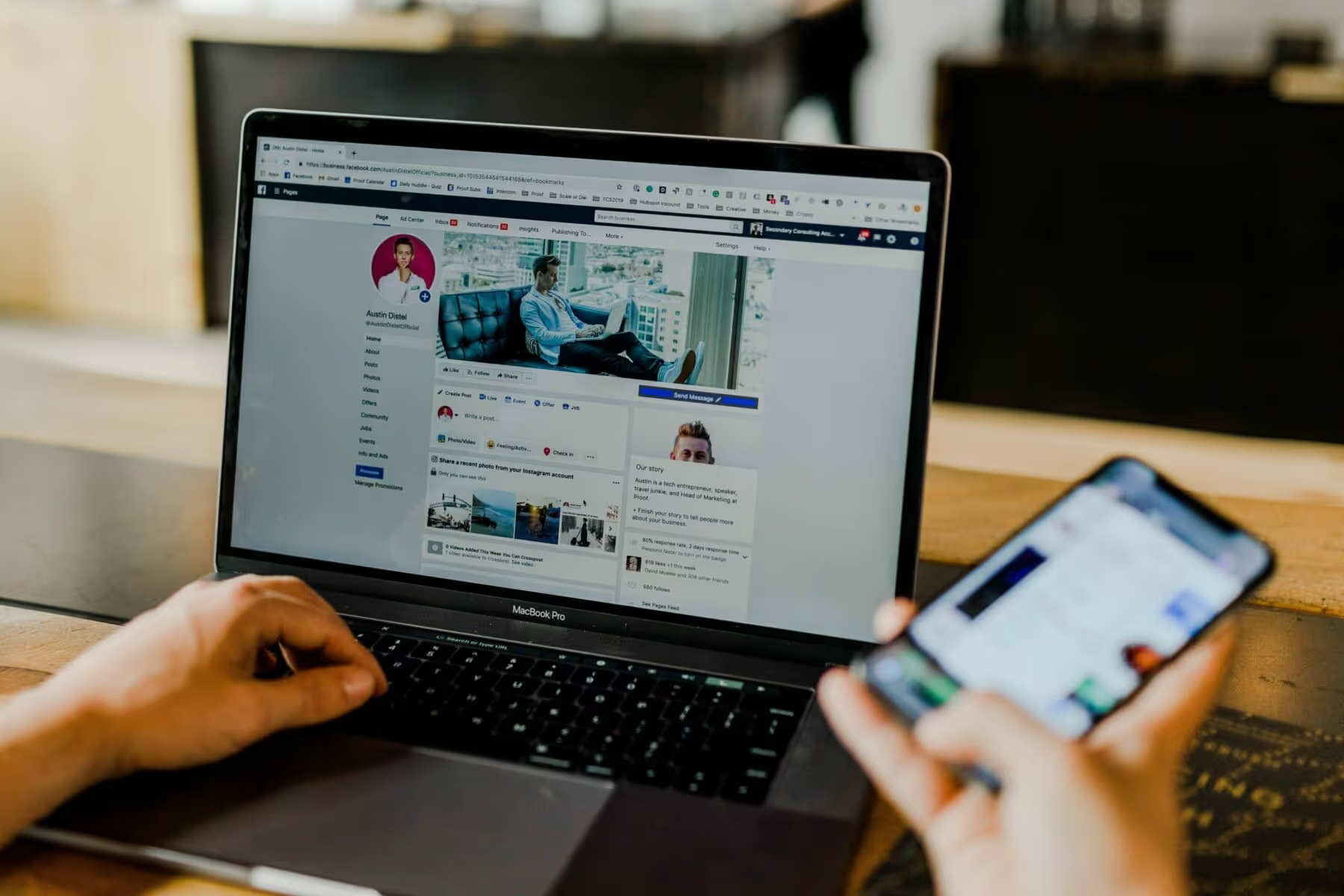
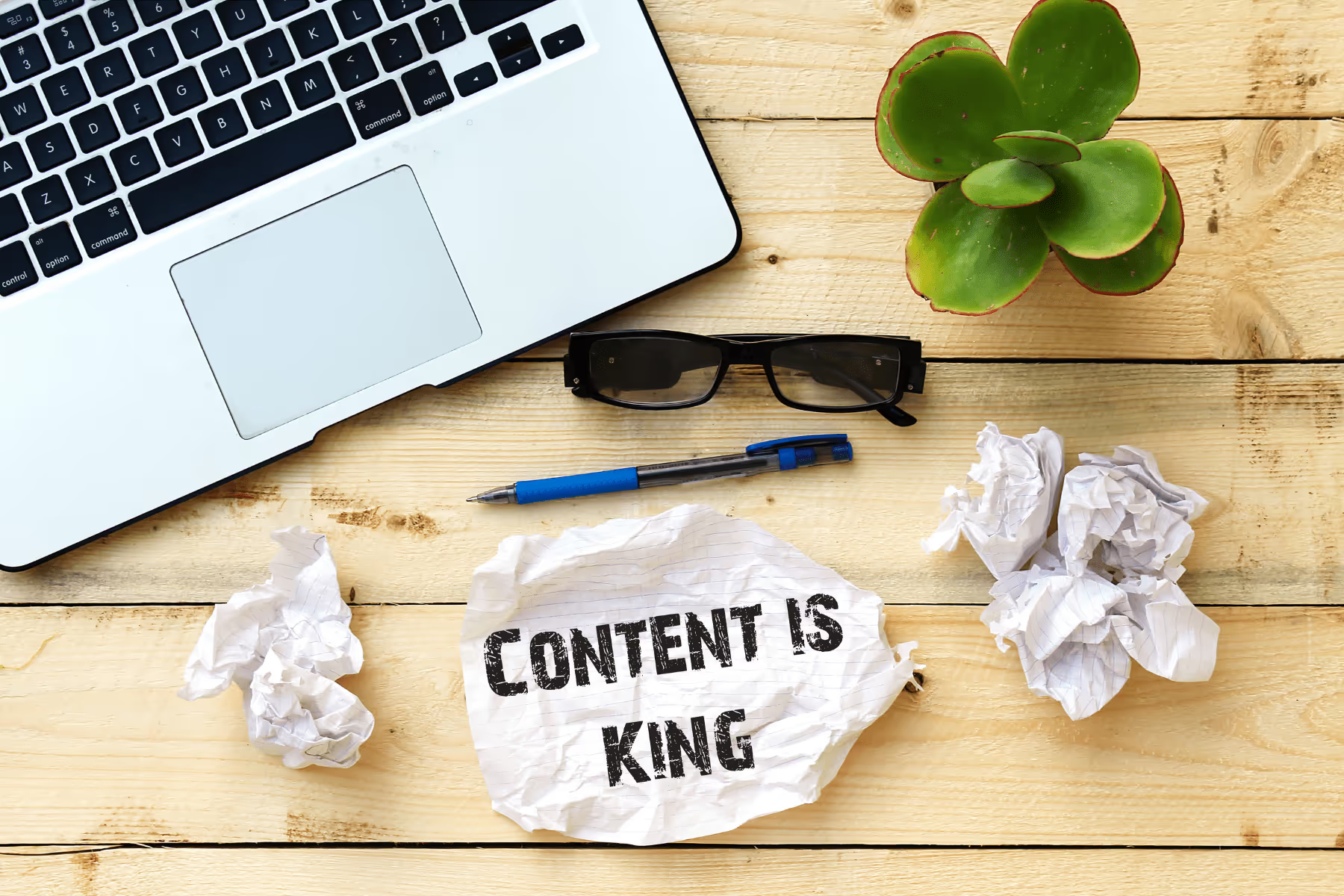







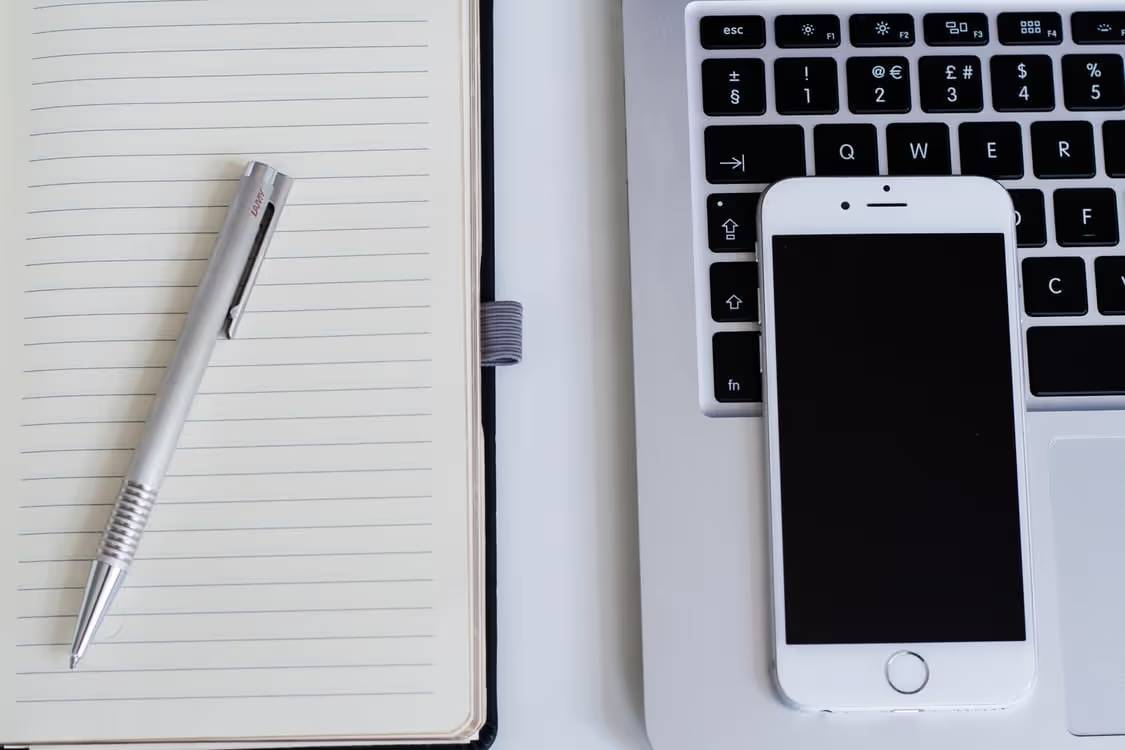

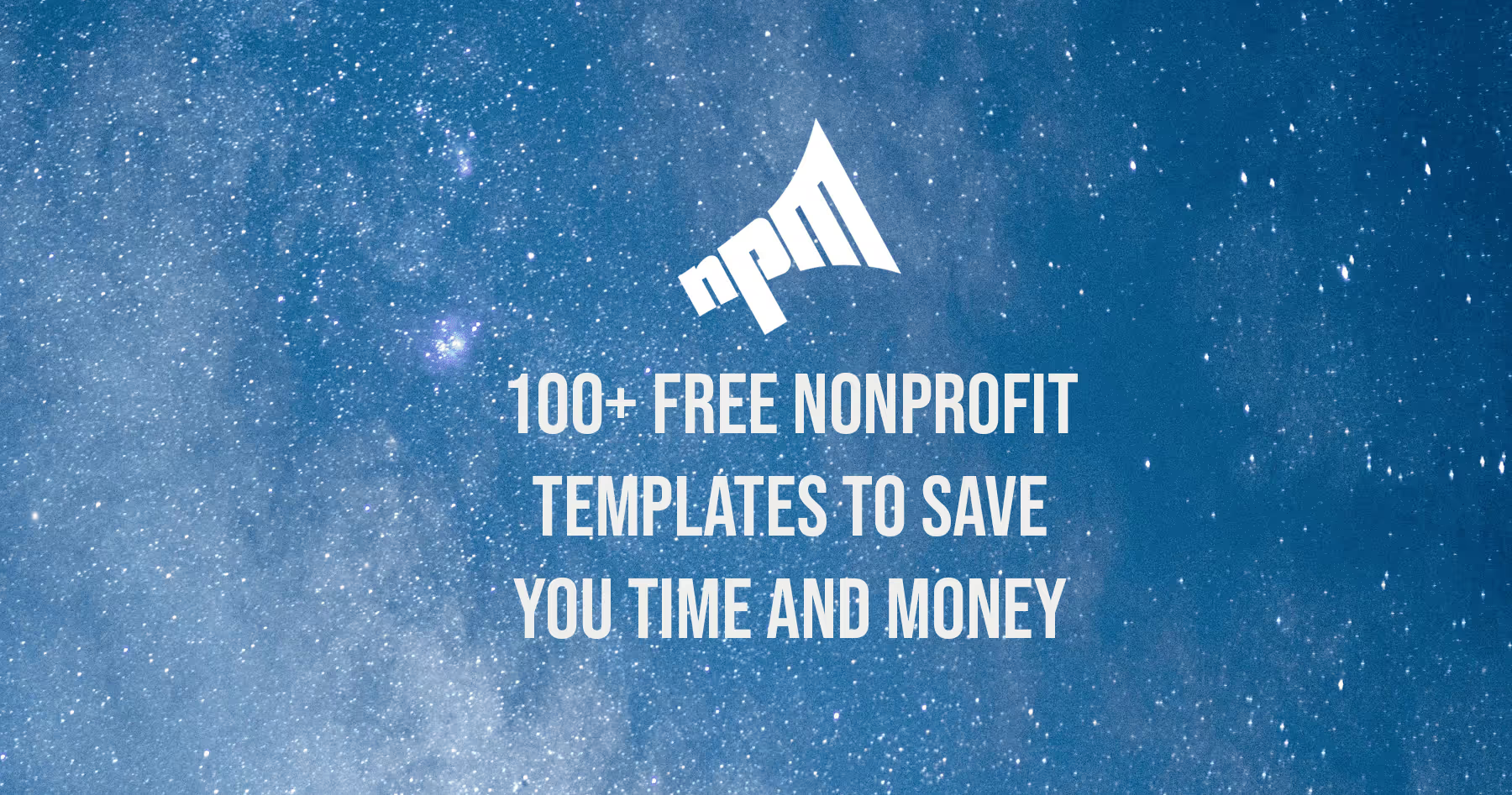



.svg)
.svg)
.svg)
.svg)